Image of 1949 Buick Roadmaster Series 70, Note: These illustrations use artistic license and may differ from actual historical models.
Performance Metrics
Fundamental Metrics
Emotional Appeal
MMP Rating
| Engine Specifications | |
|---|---|
| Engine: | Straight 8 |
| Displacement: | 320.2 cu in (5.2 L) |
| Horsepower: | 150 HP |
| Torque: | 280 lb-ft |
| Compression Ratio: | 6.6:1 |
| Ignition System: | Battery Ignition |
| Cooling System: | Liquid Cooled |
| Performance Specifications | |
| 0-60 Time: | Estimated 15 seconds |
| 1/4 Mile Time: | Not available |
| Top Speed: | 90 mph |
| Transmission and Drive | |
| Drive Type: | Rear Wheel Drive |
| Transmission Type: | Dynaflow automatic |
| Fuel and Efficiency | |
| Fuel System Type: | Carburetor |
| MPG: | Estimated 15 MPG |
| Dimensions and Brakes | |
| Brakes: | Drum Brakes |
| Wheelbase: | 124 inches |
| Weight: | 4,305 lbs |
Note: Specifications for classic cars are given to the best of our ability, considering the limited and variant data available.
Unveiling the 1949 Buick Roadmaster Series 70
The 1949 Buick Roadmaster Series 70 stands as a testament to post-war American automotive opulence, a vehicle that redefined luxury and style for its era. Born from the esteemed assembly lines of Buick, a division of General Motors, the Roadmaster was more than just a car; it was a symbol of success and technological prowess. Its release coincided with an optimistic period in American history, where design and innovation knew no bounds. A unique fact about this vehicle is that it featured in the classic film "Rain Man," which further cemented its status in popular culture.
Design and Innovation
The exterior of the Roadmaster Series 70 radiated elegance with its sweeping lines and iconic 'waterfall' grille that became a Buick hallmark. The 'bombsight' hood ornament perched atop the hood was not just decorative but also served as a sightline for drivers. Inside, passengers were cradled in luxury with plush seating and rich materials like wool broadcloth or optional leather upholstery. For its time, the Roadmaster boasted advanced features such as a Dynaflow automatic transmission – one of the earliest mass-produced automatic transmissions. Color options ranged from stately blacks to vibrant two-tones, with popular choices including Carlsbad Black and Sequoia Cream. The Roadmaster came in several body styles, including sedans, convertibles, and estate wagons, but it was the Riviera hardtop coupe that captured hearts with its sleek roofline and absence of B-pillars.
Historical Significance
The Roadmaster's impact on automotive design cannot be overstated; it helped set the stage for the 'longer, lower, wider' mantra that would dominate the 1950s. Its Dynaflow transmission represented a significant leap forward in driving ease and comfort, influencing future generations of automatic transmissions. The Roadmaster's design cues, such as its broad grille and integrated fenders, echoed throughout Buick's lineup for years to come.
Performance and Handling
Underneath its grand exterior lay a 320 cubic inch Fireball straight-eight engine that propelled the Roadmaster to impressive speeds for its size. While exact acceleration figures are scarce, it was known for smooth power delivery rather than outright speed. Handling was typical for the era's large cars – soft and comfortable rather than sporty. Driving a Roadmaster was about enjoying the journey in quiet comfort, with the engine's gentle hum providing an unobtrusive soundtrack.
Ownership Experience
The Roadmaster served various roles from a prestigious daily driver to a coveted show car. Its reliability was commendable for the period, though modern owners should be prepared for the nuances of maintaining a vintage vehicle. Parts can be scarce, but a dedicated community exists to support enthusiasts.
Fun Facts
A lesser-known tidbit is that some Roadmasters were used in official capacities by government officials due to their commanding presence. While not known for breaking speed records, they certainly set sales records for Buick at the time. Criticisms were few but did include remarks on fuel consumption – not unexpected for such a substantial automobile.
Collector's Information
Today's collector market sees the 1949 Buick Roadmaster Series 70 as highly desirable. While production numbers were significant – tens of thousands across all body styles – pristine examples are increasingly rare. Values can range widely based on condition and originality but expect figures well into five digits for well-maintained specimens. Trends suggest an appreciation in value as enthusiasts seek out these icons of American luxury.
Conclusion
The 1949 Buick Roadmaster Series 70 remains an enduring symbol of post-war American automotive excellence. Its blend of style, luxury, and innovation has left an indelible mark on car culture and continues to captivate collectors and enthusiasts alike. As we look back on this golden age of motoring, the Roadmaster stands out as a true masterpiece of design and engineering – a classic that continues to turn heads and stir hearts.
1949 Buick Roadmaster Series 70 Catalog of Parts
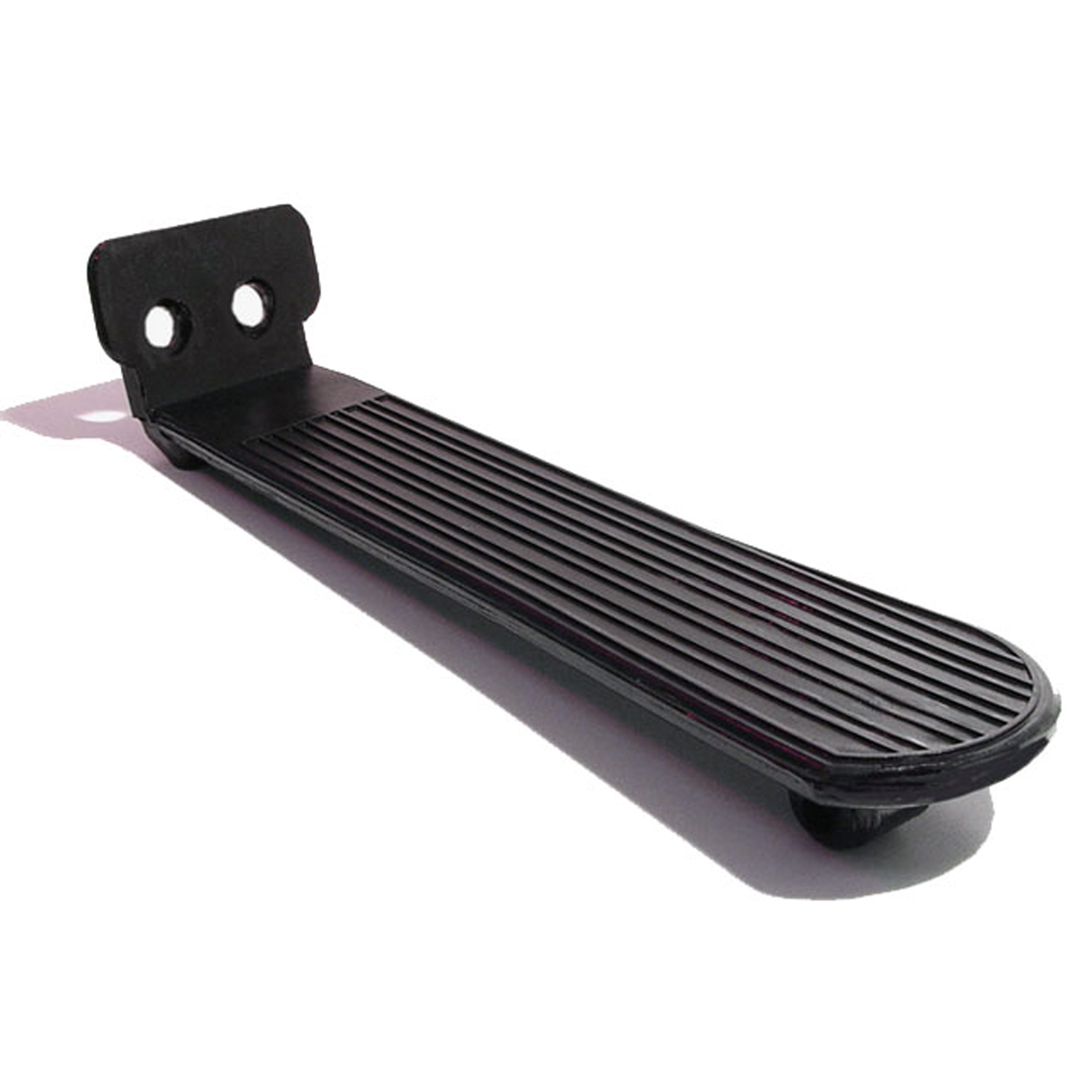 1949 Buick Roadmaster Series 70 Accelerator Pedal Pad. Made with steel core like original-AP 29-CAccelerator Pedal Pad. Made with steel core like original. 2-1/8" X 8-1/2". Black. Each
1949 Buick Roadmaster Series 70 Accelerator Pedal Pad. Made with steel core like original-AP 29-CAccelerator Pedal Pad. Made with steel core like original. 2-1/8" X 8-1/2". Black. Each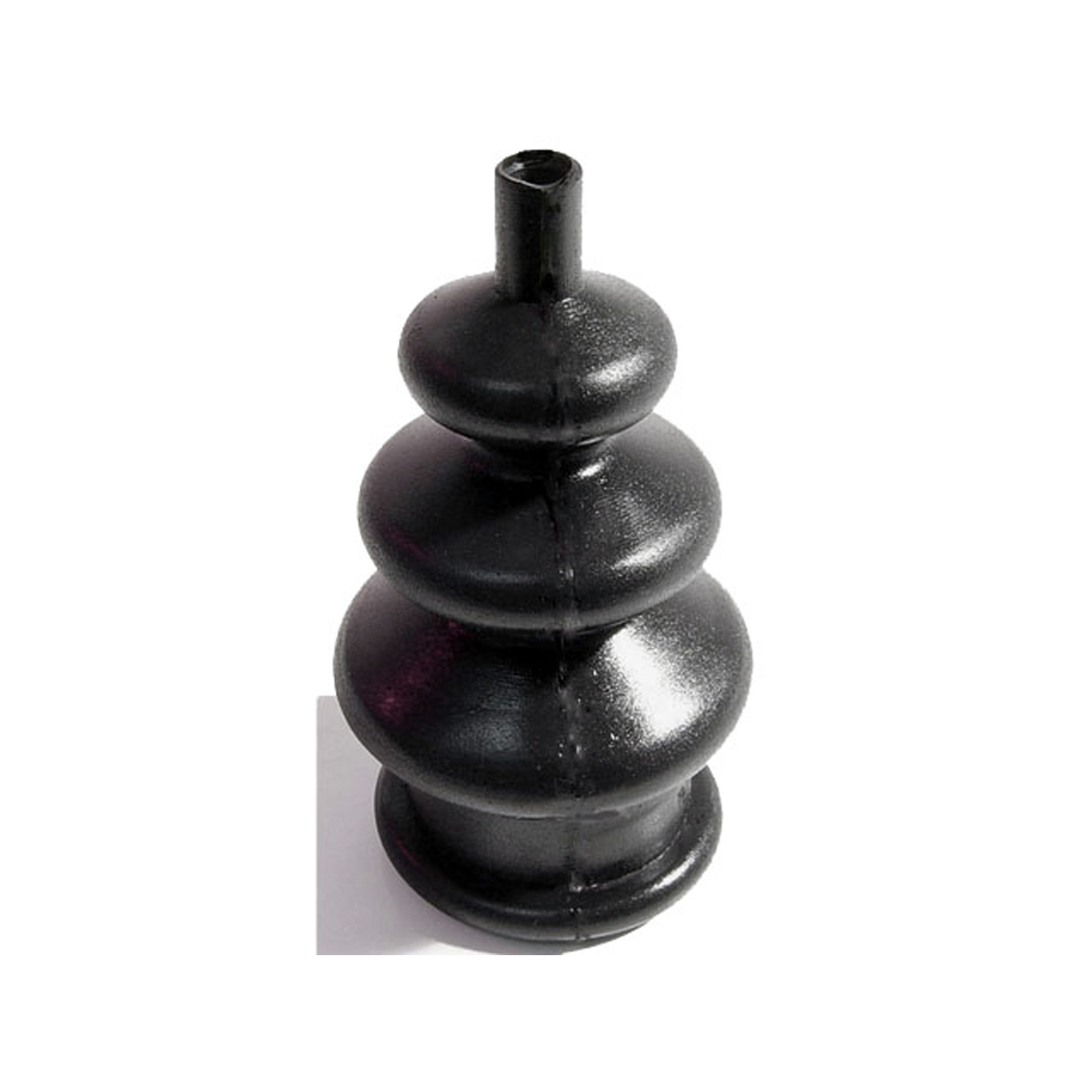 1949 Buick Roadmaster Series 70 Accelerator Pedal Bellows. Covers unsightly steel rod-BL 7-AAccelerator Pedal Bellows. Covers unsightly steel rod. 1/4" top I.D.., 1" bottom I.D., 2-3/4" high (compresses to 1-1/2"). Each
1949 Buick Roadmaster Series 70 Accelerator Pedal Bellows. Covers unsightly steel rod-BL 7-AAccelerator Pedal Bellows. Covers unsightly steel rod. 1/4" top I.D.., 1" bottom I.D., 2-3/4" high (compresses to 1-1/2"). Each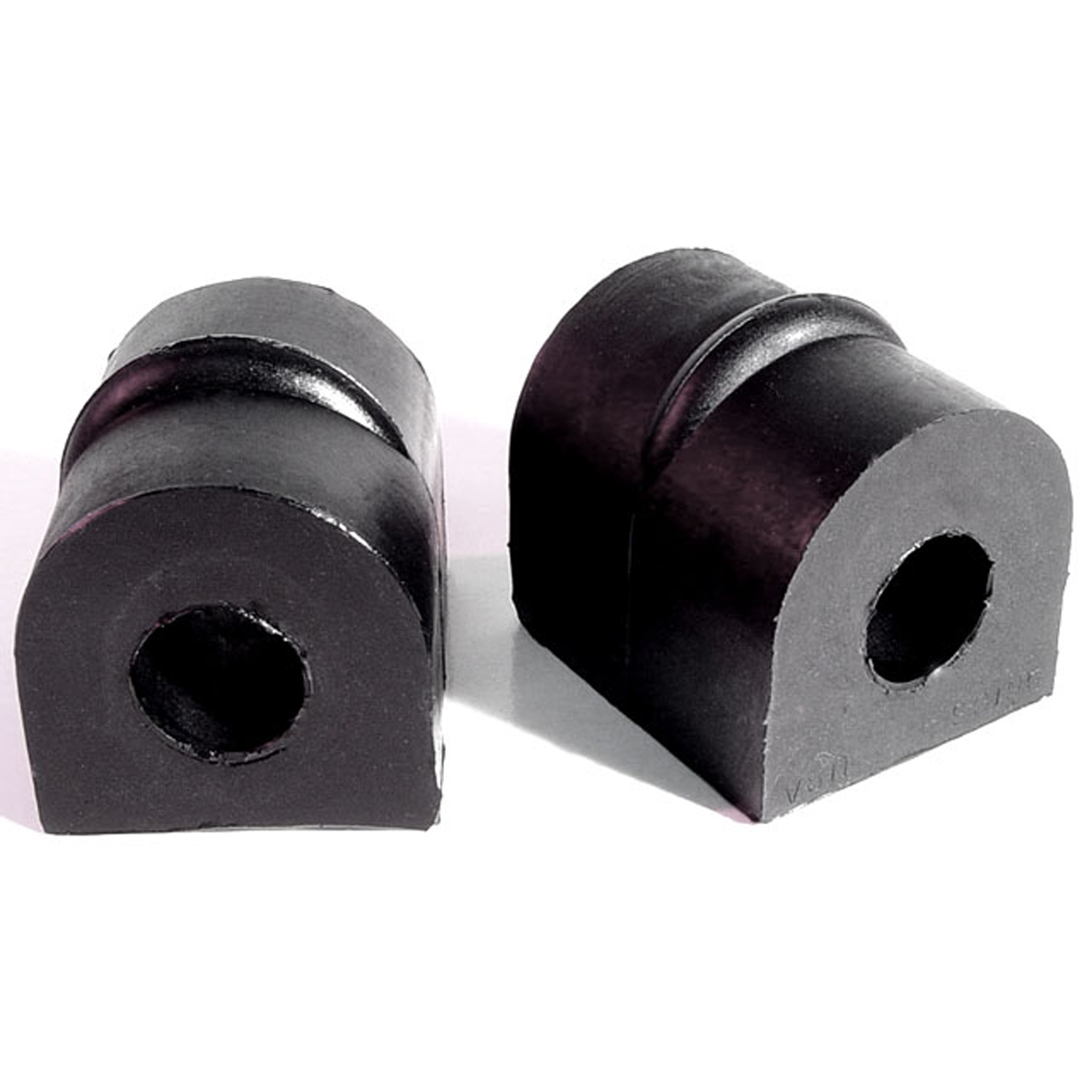 1949 Buick Roadmaster Series 70 Stabilizer Bar Bushings-BN 106Stabilizer Bar Bushings. 1-3/4" long X 1-1/2" wide X 1-1/2" high, 10/16" I.D. Pair
1949 Buick Roadmaster Series 70 Stabilizer Bar Bushings-BN 106Stabilizer Bar Bushings. 1-3/4" long X 1-1/2" wide X 1-1/2" high, 10/16" I.D. Pair 1949 Buick Roadmaster Series 70 Front Stabilizer Bar Bushing. Fits rear on 1948-1956 Olds-BN 29Front Stabilizer Bar Bushing. Fits rear on 1948-1956 Olds. 2" high. Each
1949 Buick Roadmaster Series 70 Front Stabilizer Bar Bushing. Fits rear on 1948-1956 Olds-BN 29Front Stabilizer Bar Bushing. Fits rear on 1948-1956 Olds. 2" high. Each 1949 Buick Roadmaster Series 70 Stabilizer Bar Bushing. For rear axel anti-sway rod ends-BN 34-BStabilizer Bar Bushing. For rear axel anti-sway rod ends. Four used per car. 1-5/16" O.D., 3/4" long, with 5/8" I.D. Each
1949 Buick Roadmaster Series 70 Stabilizer Bar Bushing. For rear axel anti-sway rod ends-BN 34-BStabilizer Bar Bushing. For rear axel anti-sway rod ends. Four used per car. 1-5/16" O.D., 3/4" long, with 5/8" I.D. Each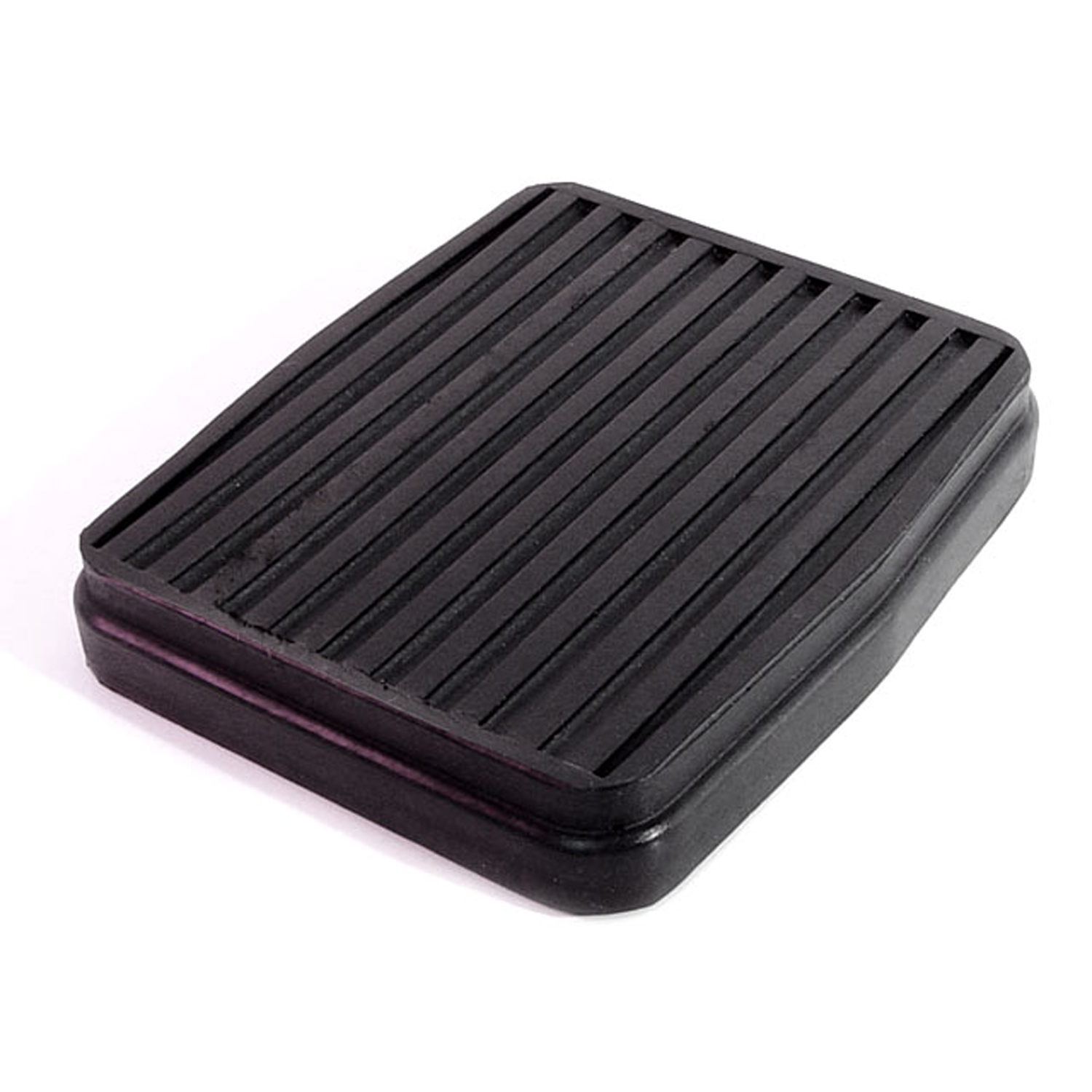 1949 Buick Roadmaster Series 70 Dyno-Flow Brake Pedal Pad. 3" wide X 3-1/2" long. Each-CB 103Dyno-Flow Brake Pedal Pad. 3" wide X 3-1/2" long. Each
1949 Buick Roadmaster Series 70 Dyno-Flow Brake Pedal Pad. 3" wide X 3-1/2" long. Each-CB 103Dyno-Flow Brake Pedal Pad. 3" wide X 3-1/2" long. Each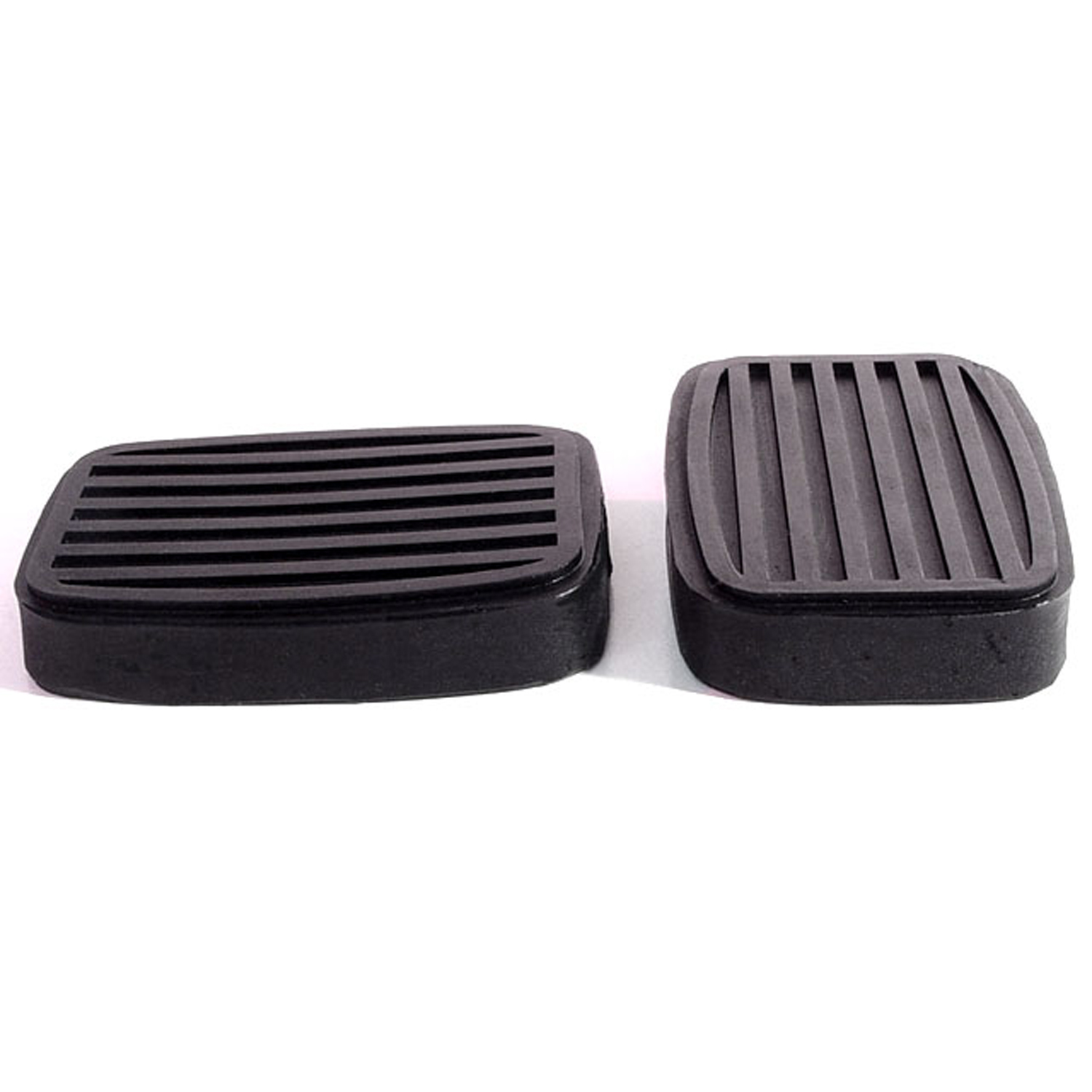 1949 Buick Roadmaster Series 70 Clutch and Brake Pedal Pads. 2" wide X 3" long. Pair-CB 15Clutch and Brake Pedal Pads. 2" wide X 3" long. Pair
1949 Buick Roadmaster Series 70 Clutch and Brake Pedal Pads. 2" wide X 3" long. Pair-CB 15Clutch and Brake Pedal Pads. 2" wide X 3" long. Pair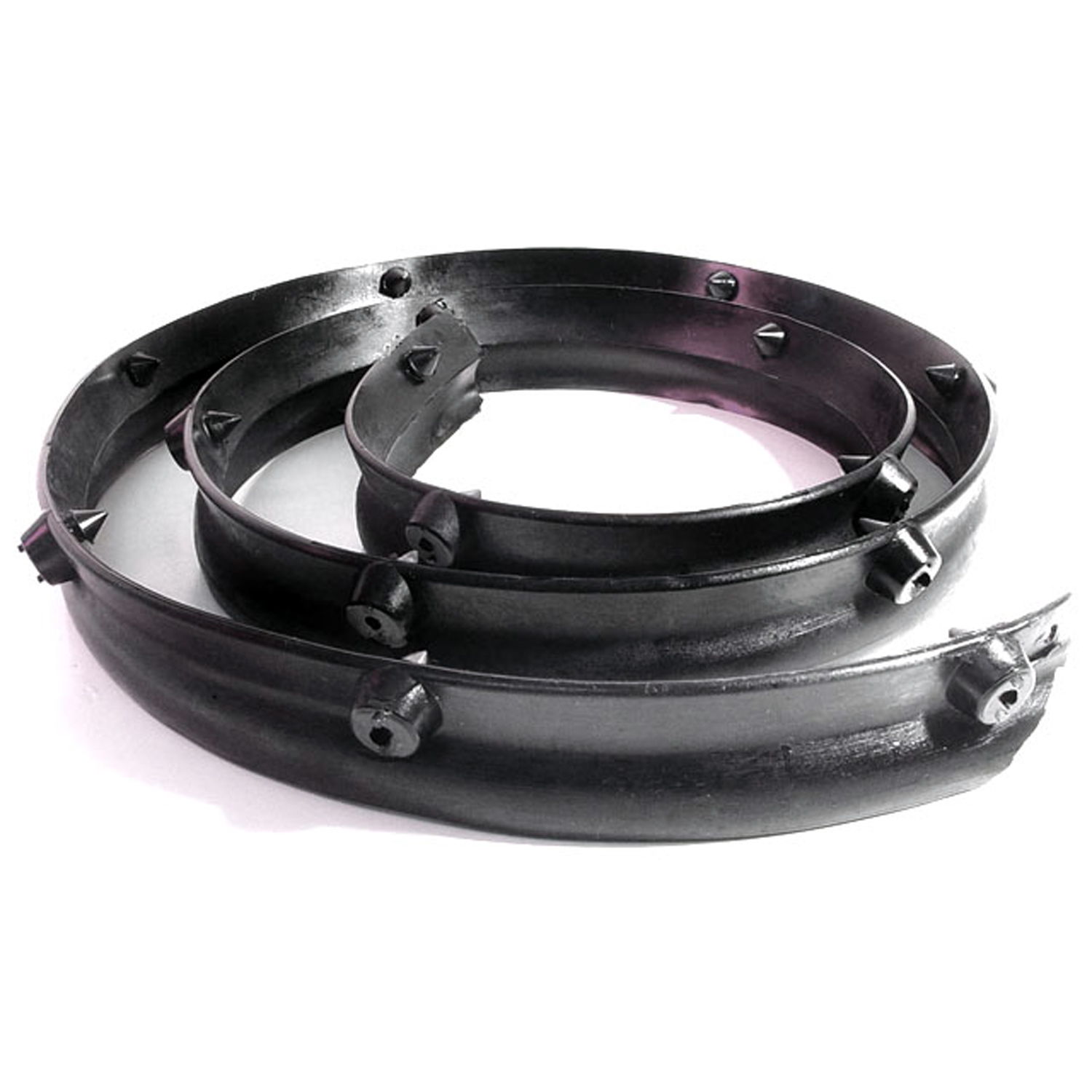 1949 Buick Roadmaster Series 70 Hood to Cowl Seal. Push-in carrot tabs-CS 2-BHood to Cowl Seal. Push-in carrot tabs. 56-1/2" long X 1/18/" wide. Each
1949 Buick Roadmaster Series 70 Hood to Cowl Seal. Push-in carrot tabs-CS 2-BHood to Cowl Seal. Push-in carrot tabs. 56-1/2" long X 1/18/" wide. Each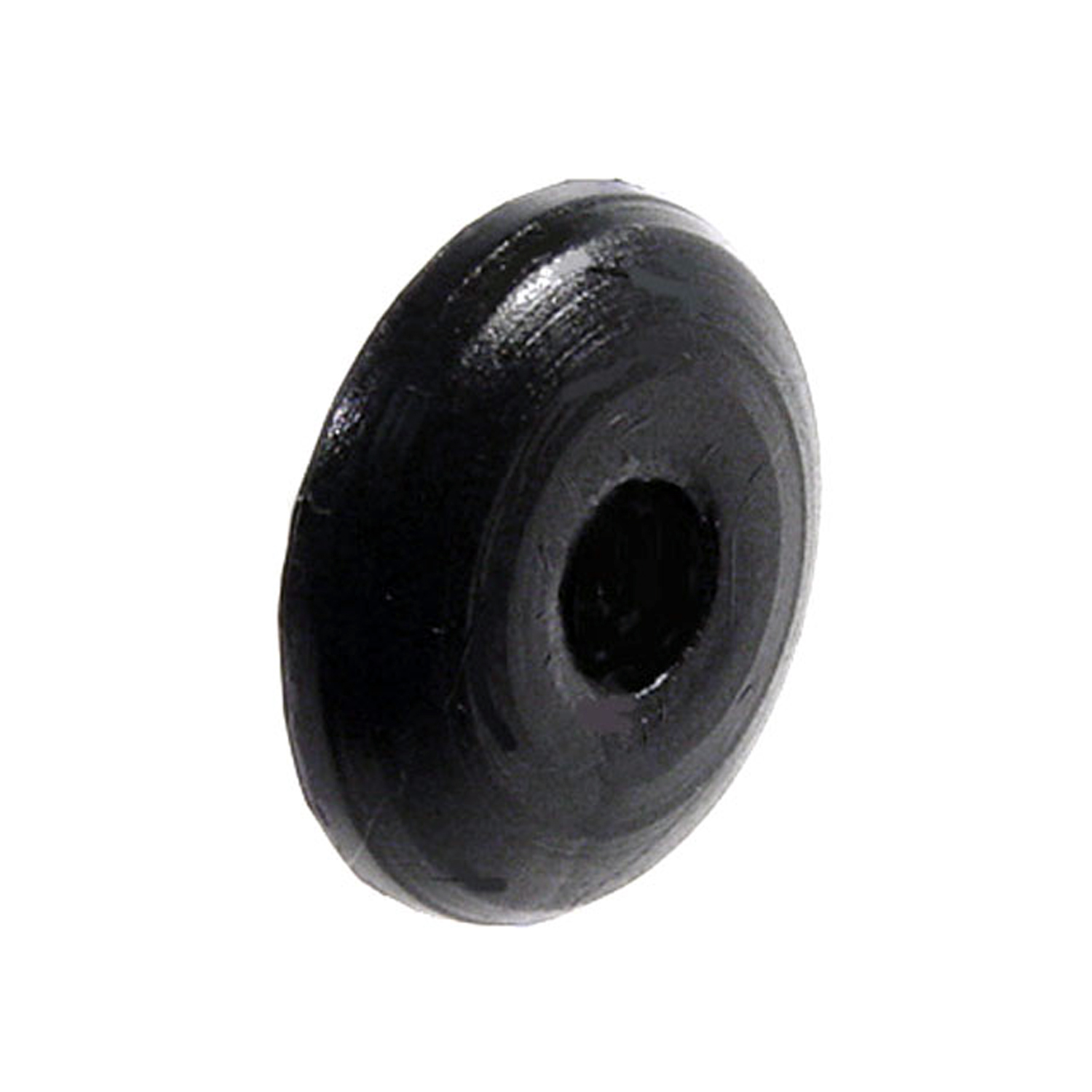 1949 Buick Roadmaster Series 70 Upper Door Hinge Post Bumper. Held by screw-DB 60-AUpper Door Hinge Post Bumper. Held by screw. 7/8" diameter X 1/8" thick. Each
1949 Buick Roadmaster Series 70 Upper Door Hinge Post Bumper. Held by screw-DB 60-AUpper Door Hinge Post Bumper. Held by screw. 7/8" diameter X 1/8" thick. Each 1949 Buick Roadmaster Series 70 Center Division Bar Seal and Retainer-DP 16Center Division Bar Seal and Retainer. Made to original specifications to accommodate chrome molding. 17-1/2" long. Each
1949 Buick Roadmaster Series 70 Center Division Bar Seal and Retainer-DP 16Center Division Bar Seal and Retainer. Made to original specifications to accommodate chrome molding. 17-1/2" long. Each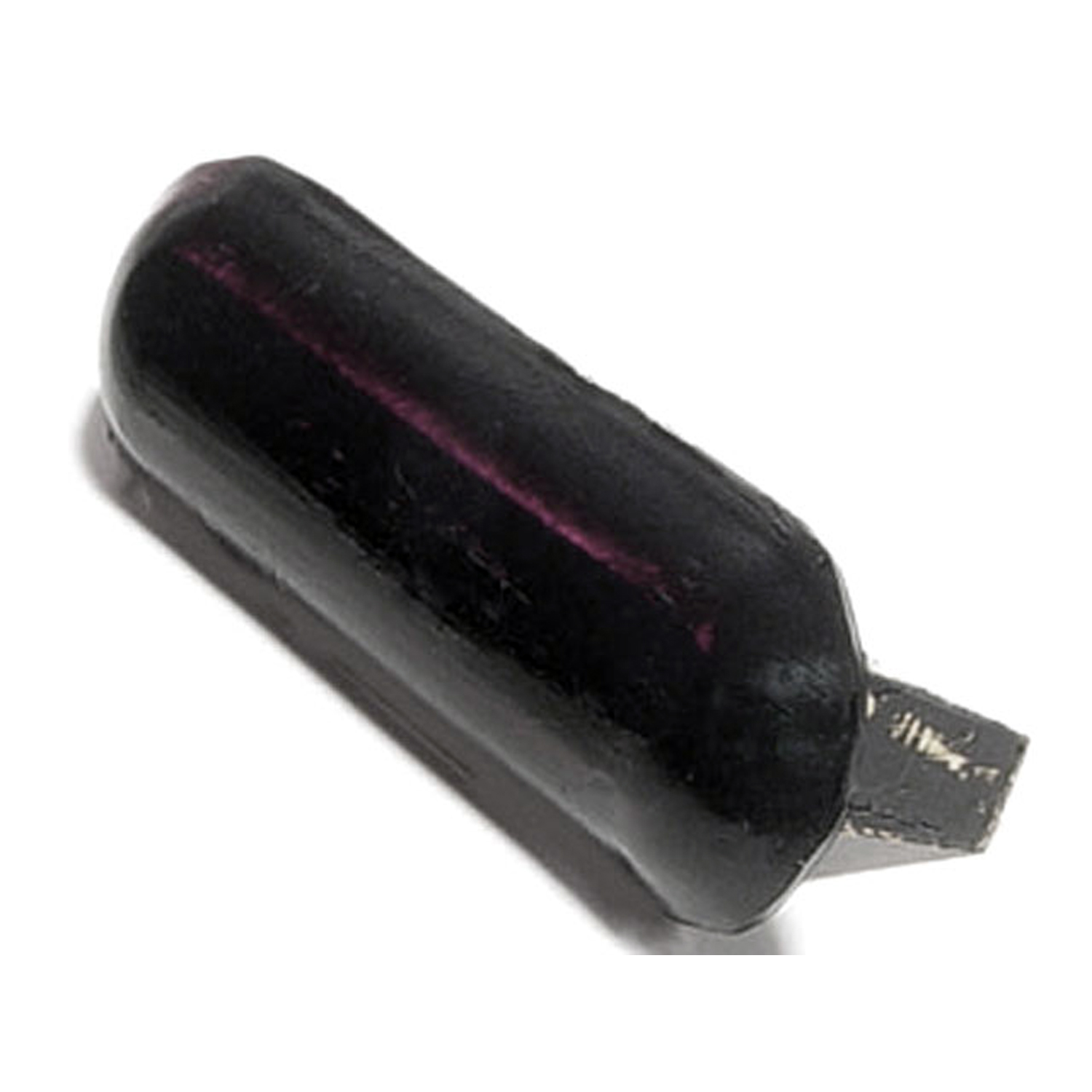 1949 Buick Roadmaster Series 70 Hood Rest Pad Bumper. Metal core, tab held-HC 31-AHood Rest Pad Bumper. Metal core, tab held. Four to twelve used per car. 1-1/4" between tabs. Each
1949 Buick Roadmaster Series 70 Hood Rest Pad Bumper. Metal core, tab held-HC 31-AHood Rest Pad Bumper. Metal core, tab held. Four to twelve used per car. 1-1/4" between tabs. Each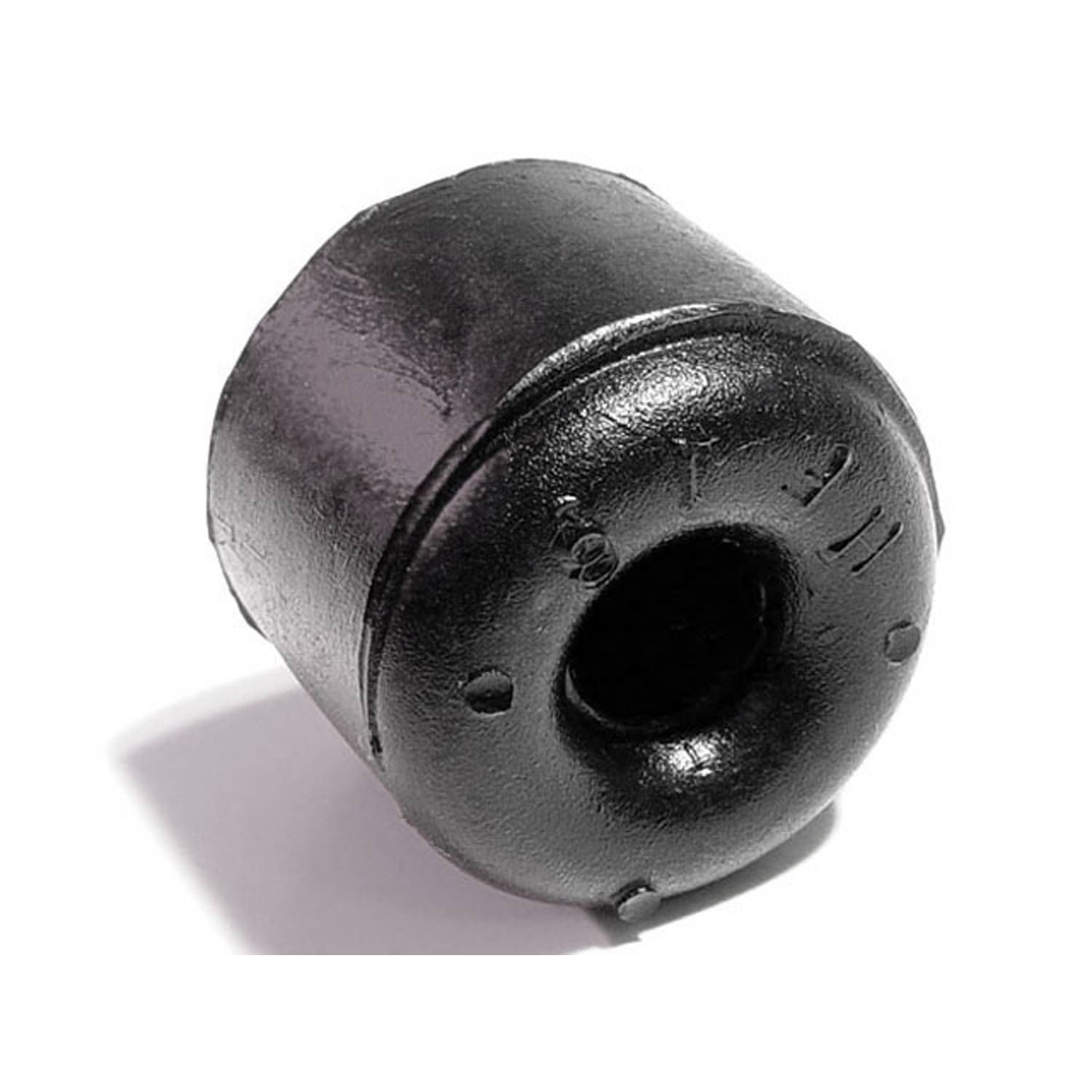 1949 Buick Roadmaster Series 70 Door and Hood Bumper. 1" diameter X 7/8" thick. Each-HF 16Door and Hood Bumper. 1" diameter X 7/8" thick. Each
1949 Buick Roadmaster Series 70 Door and Hood Bumper. 1" diameter X 7/8" thick. Each-HF 16Door and Hood Bumper. 1" diameter X 7/8" thick. Each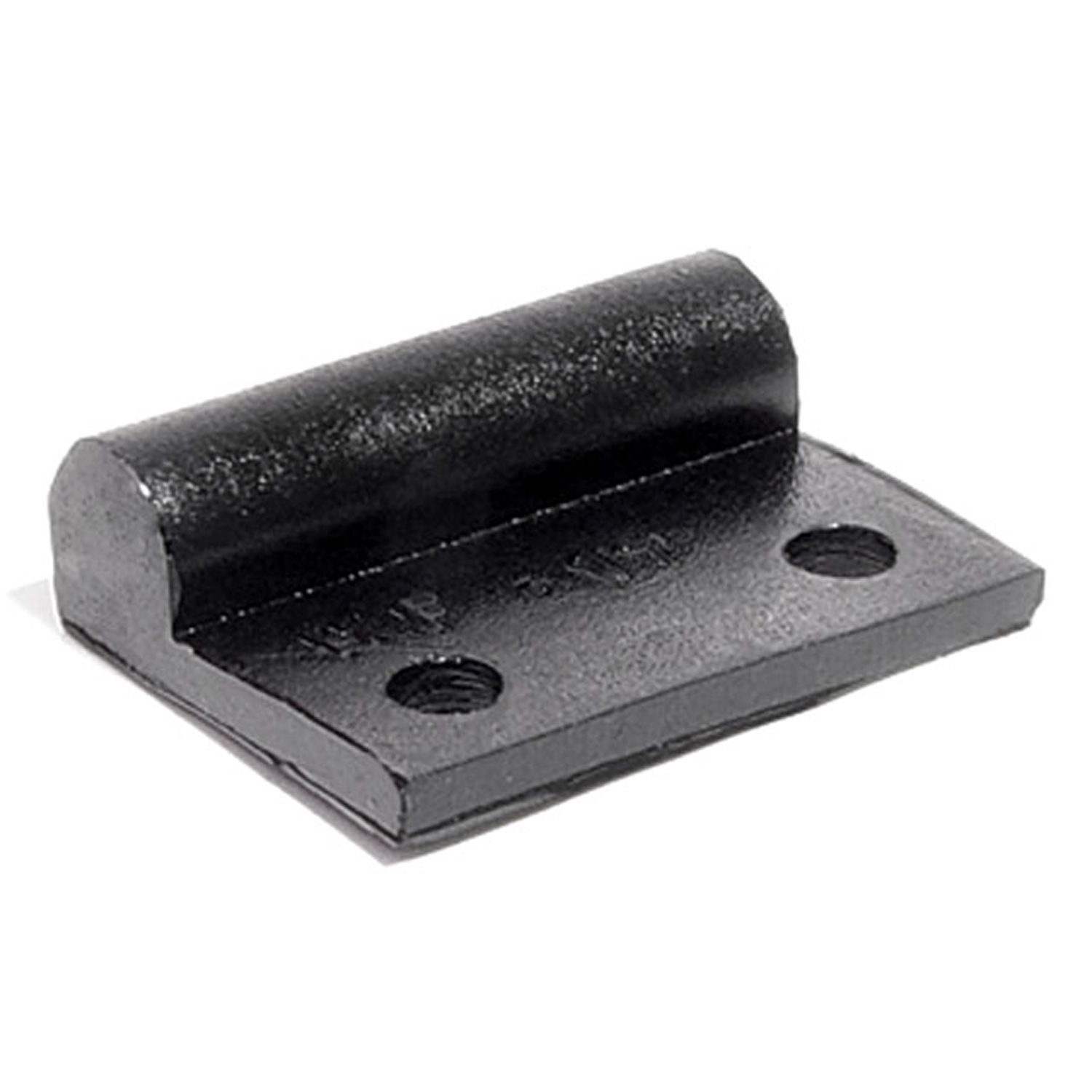 1949 Buick Roadmaster Series 70 Hood to Radiator Grill Bumper. Six used per car. Each-HF 17Hood to Radiator Grill Bumper. Six used per car. Each
1949 Buick Roadmaster Series 70 Hood to Radiator Grill Bumper. Six used per car. Each-HF 17Hood to Radiator Grill Bumper. Six used per car. Each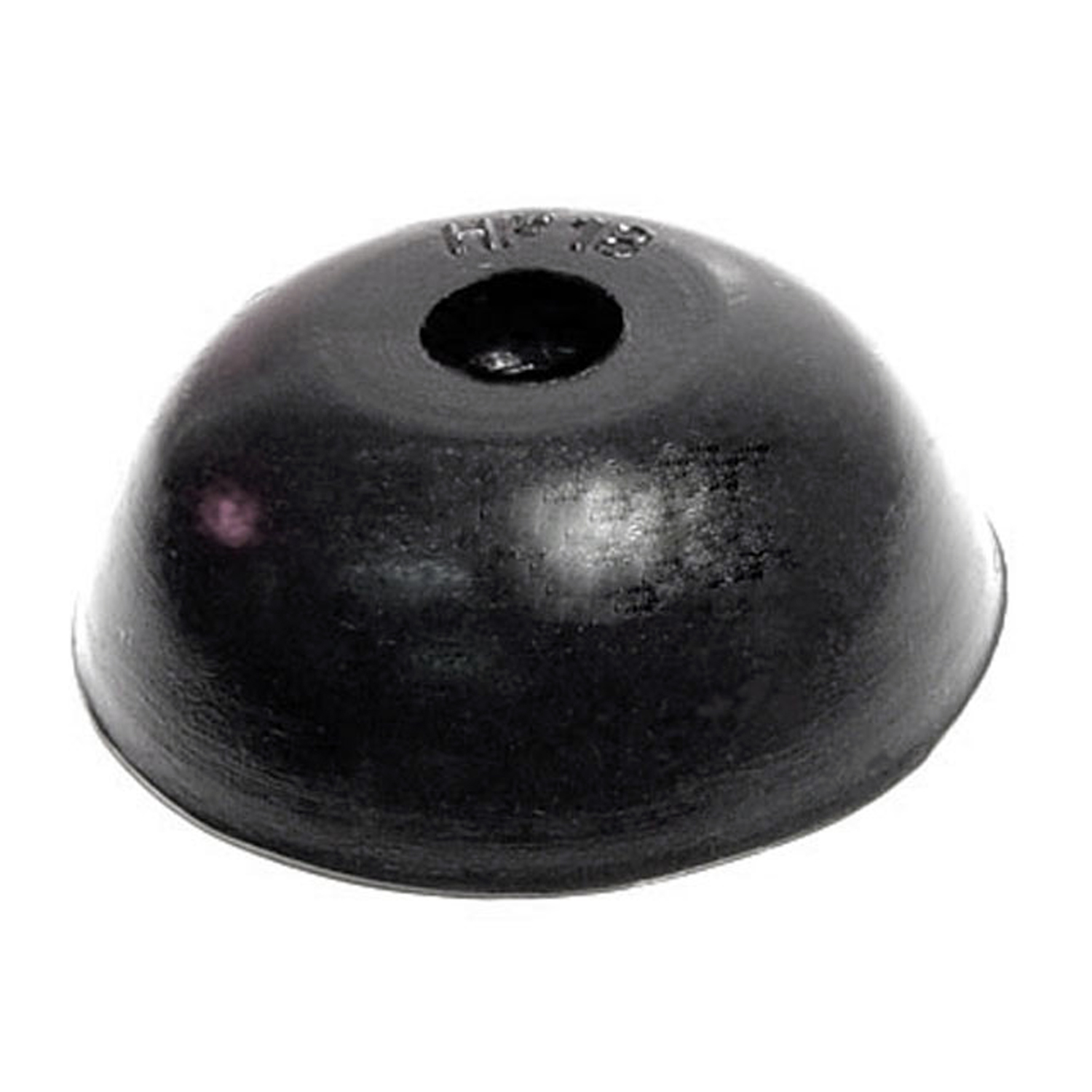 1949 Buick Roadmaster Series 70 Door and Hood Bumper. Each-HF 18Door and Hood Bumper. Each
1949 Buick Roadmaster Series 70 Door and Hood Bumper. Each-HF 18Door and Hood Bumper. Each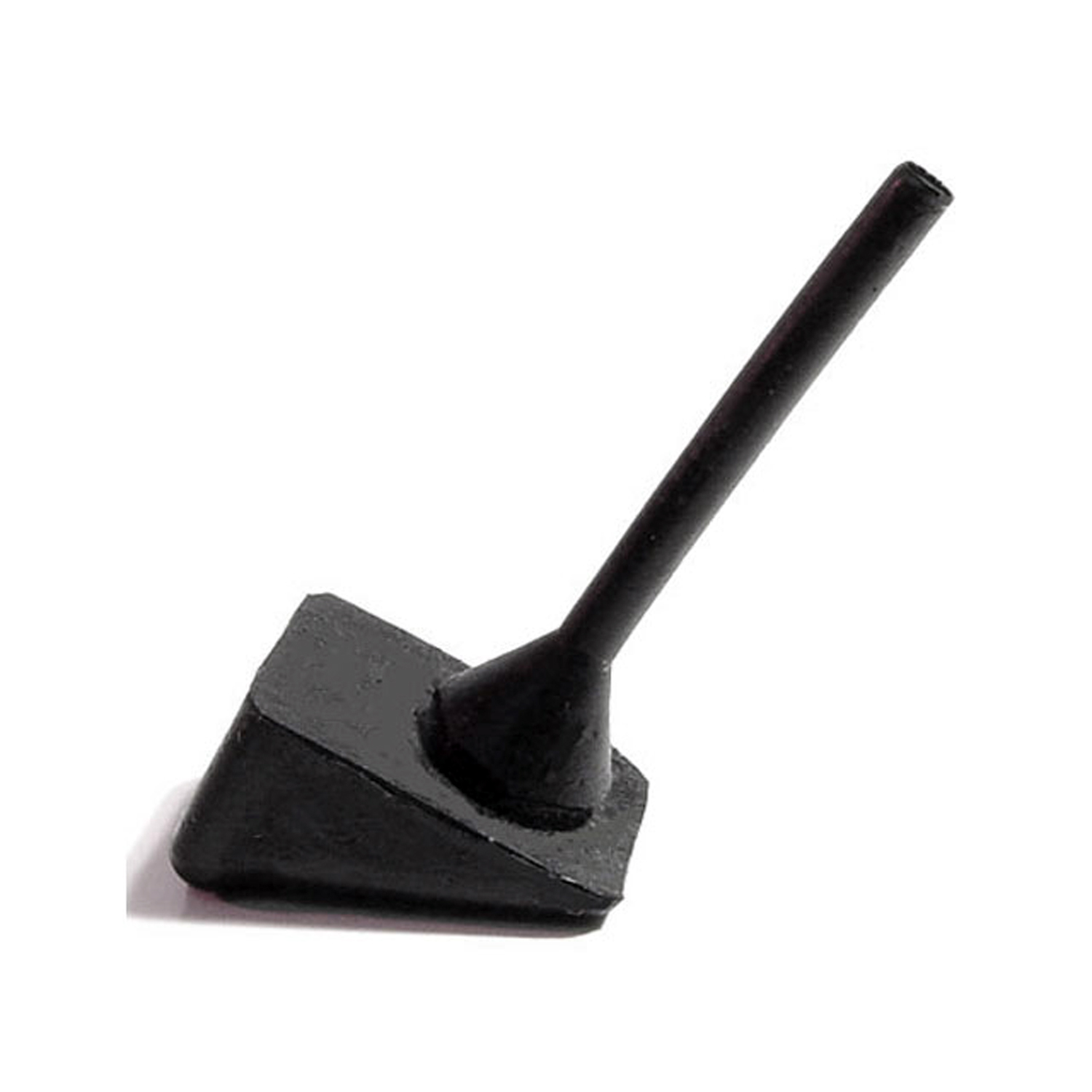 1949 Buick Roadmaster Series 70 Hood Bumper. Each-HF 8Hood Bumper. Each
1949 Buick Roadmaster Series 70 Hood Bumper. Each-HF 8Hood Bumper. Each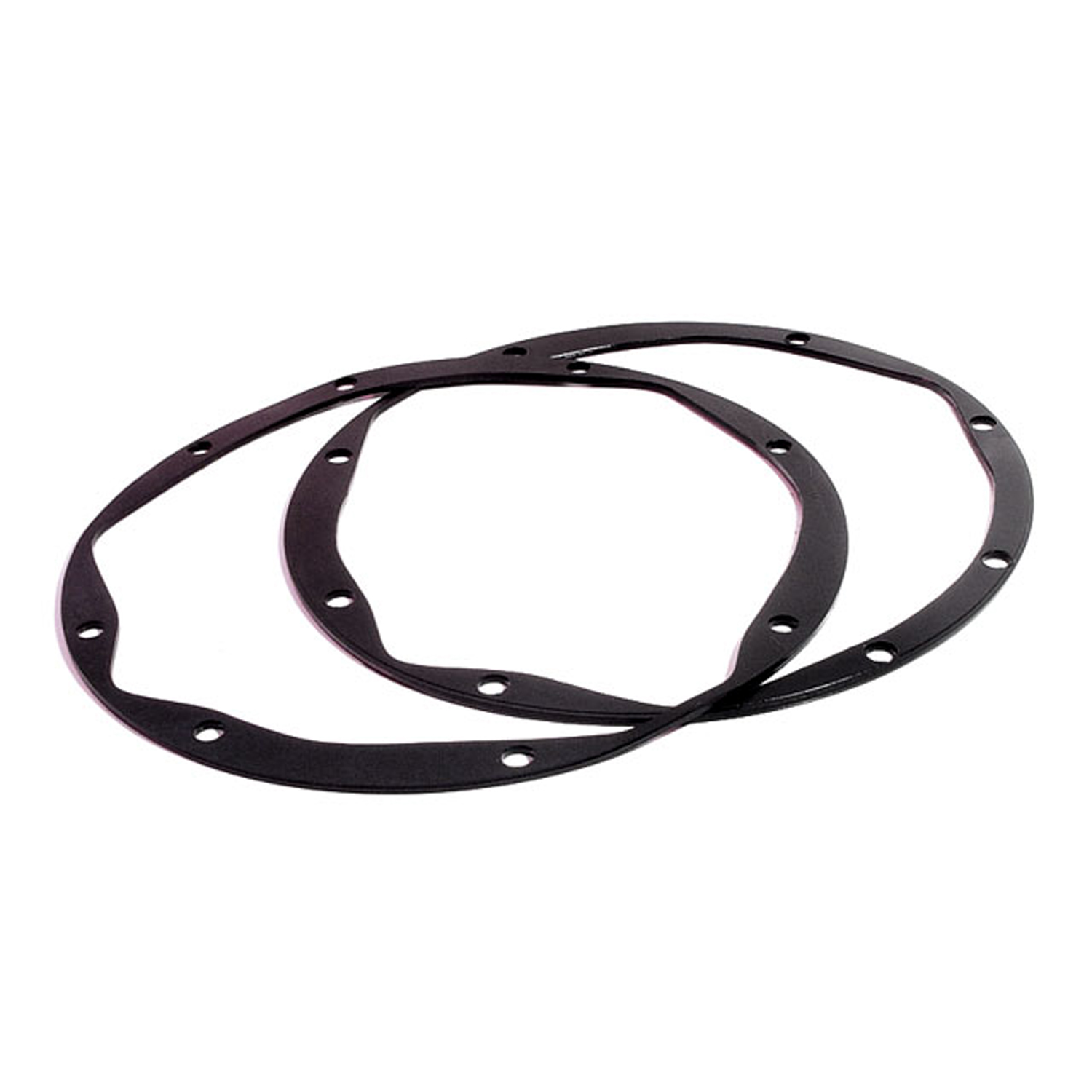 1949 Buick Roadmaster Series 70 Headlight Assembly Housing Pad. 8-3/8" O.D. Pair-HR 7Headlight Assembly Housing Pad. 8-3/8" O.D. Pair
1949 Buick Roadmaster Series 70 Headlight Assembly Housing Pad. 8-3/8" O.D. Pair-HR 7Headlight Assembly Housing Pad. 8-3/8" O.D. Pair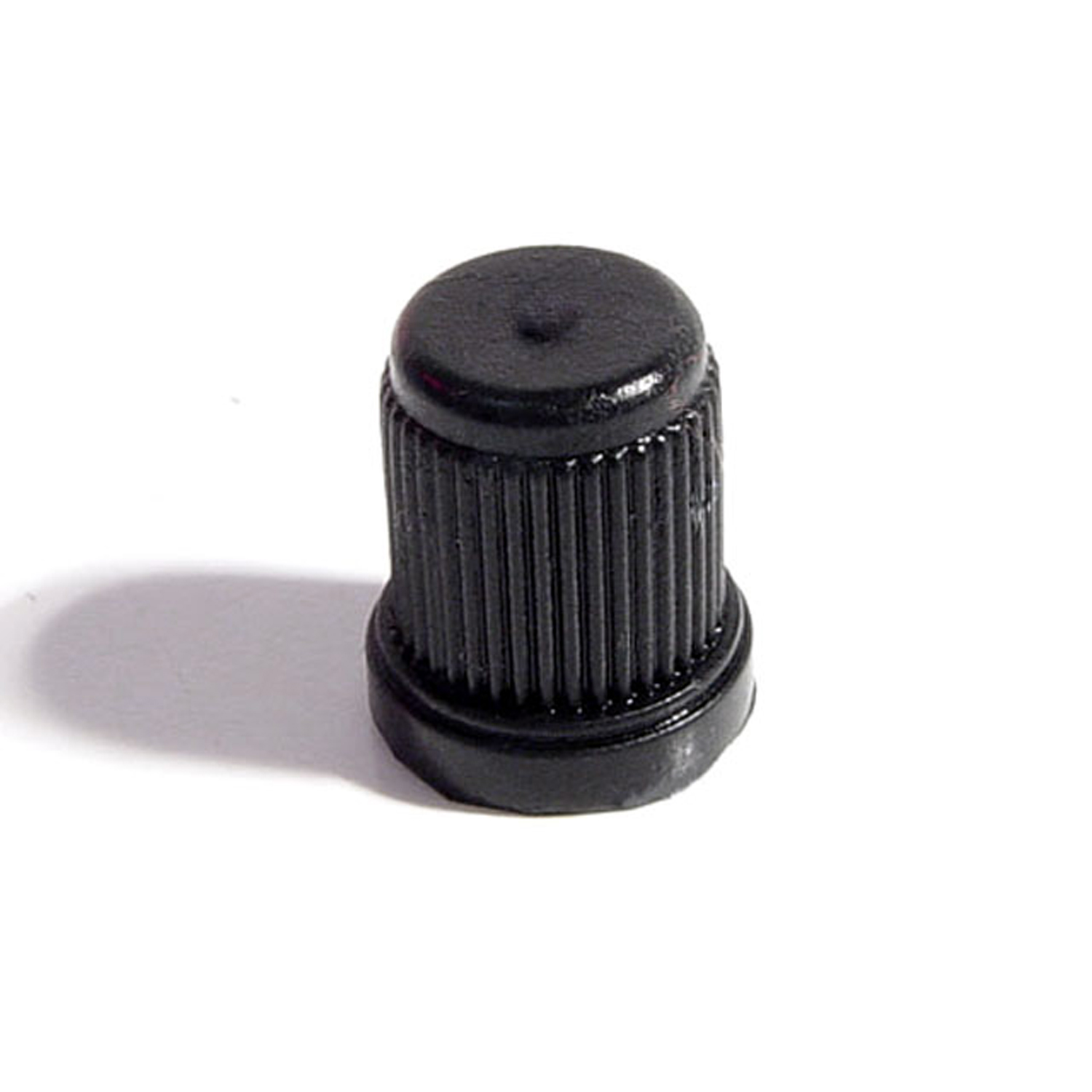 1949 Buick Roadmaster Series 70 Trip Meter Reset Knob. Made of black rubber-KN 10Trip Meter Reset Knob. Made of black rubber. Compare to measurements: 1/8" I.D., 7/16" O.D. X 1/2" tall. Each
1949 Buick Roadmaster Series 70 Trip Meter Reset Knob. Made of black rubber-KN 10Trip Meter Reset Knob. Made of black rubber. Compare to measurements: 1/8" I.D., 7/16" O.D. X 1/2" tall. Each 1949 Buick Roadmaster Series 70 Door side seal. Same as LP 40-A, but for a heavier seal-LP 40Door side seal. Same as LP 40-A, but for a heavier seal. Fits many domestic passenger cars and trucks. Used in Cobra kit cars as trunk weatherstrip. Per foot.
1949 Buick Roadmaster Series 70 Door side seal. Same as LP 40-A, but for a heavier seal-LP 40Door side seal. Same as LP 40-A, but for a heavier seal. Fits many domestic passenger cars and trucks. Used in Cobra kit cars as trunk weatherstrip. Per foot.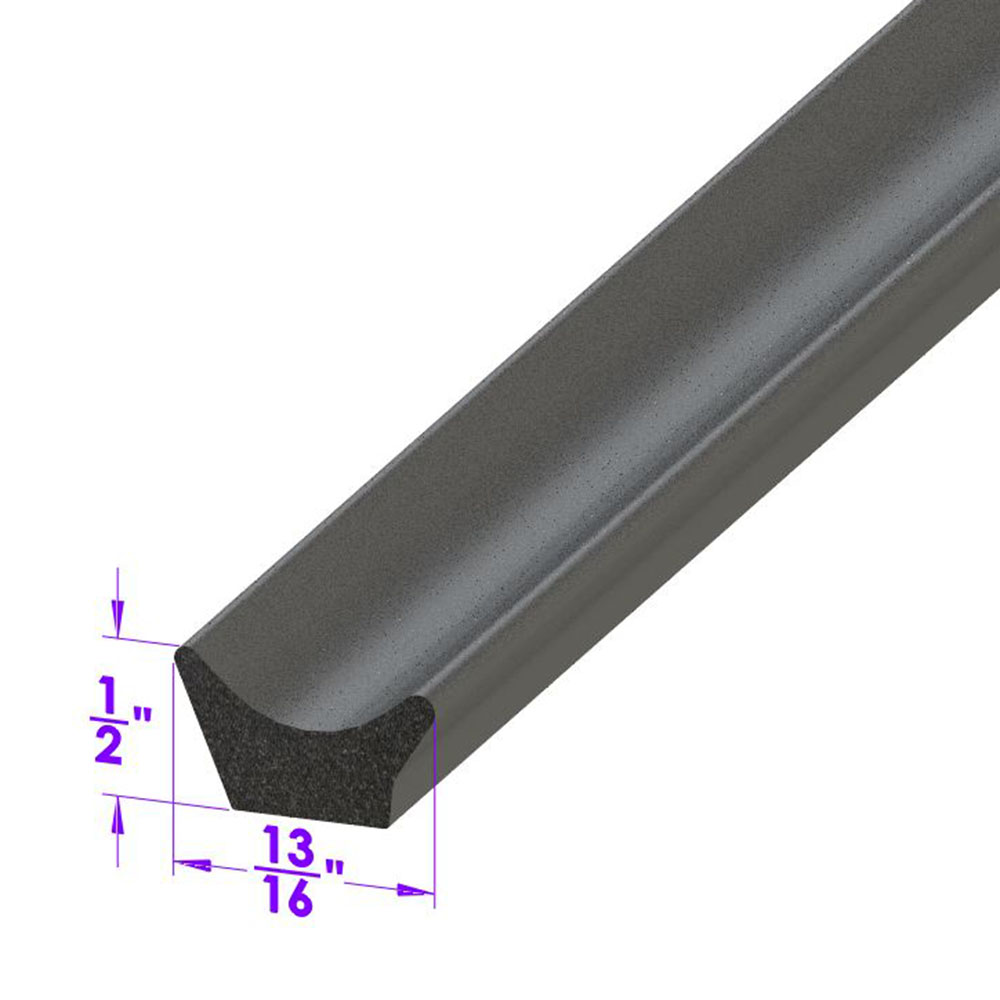 1949 Buick Roadmaster Series 70 Door side seal. Same as LP 40, but for a lighter seal-LP 40-ADoor side seal. Same as LP 40, but for a lighter seal. Fits many domestic passenger cars and trucks. Universal seal for street rods and customs. Used in Cobra kit cars as door weatherstrip. Per foot.
1949 Buick Roadmaster Series 70 Door side seal. Same as LP 40, but for a lighter seal-LP 40-ADoor side seal. Same as LP 40, but for a lighter seal. Fits many domestic passenger cars and trucks. Universal seal for street rods and customs. Used in Cobra kit cars as door weatherstrip. Per foot.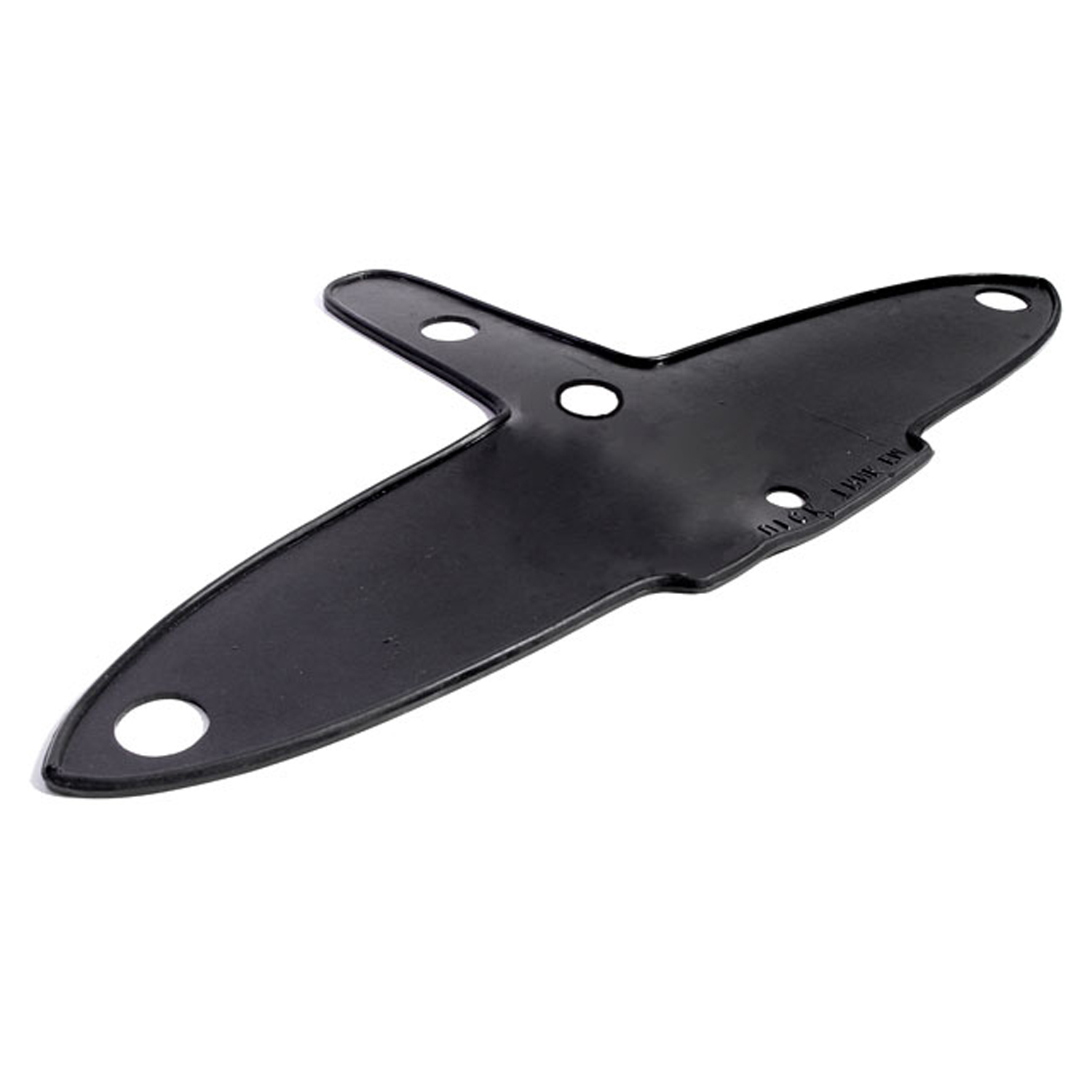 1949 Buick Roadmaster Series 70 Emblem Pad. 15-1/2" wide X 8-3/8" long. Each-MP 312Emblem Pad. 15-1/2" wide X 8-3/8" long. Each
1949 Buick Roadmaster Series 70 Emblem Pad. 15-1/2" wide X 8-3/8" long. Each-MP 312Emblem Pad. 15-1/2" wide X 8-3/8" long. Each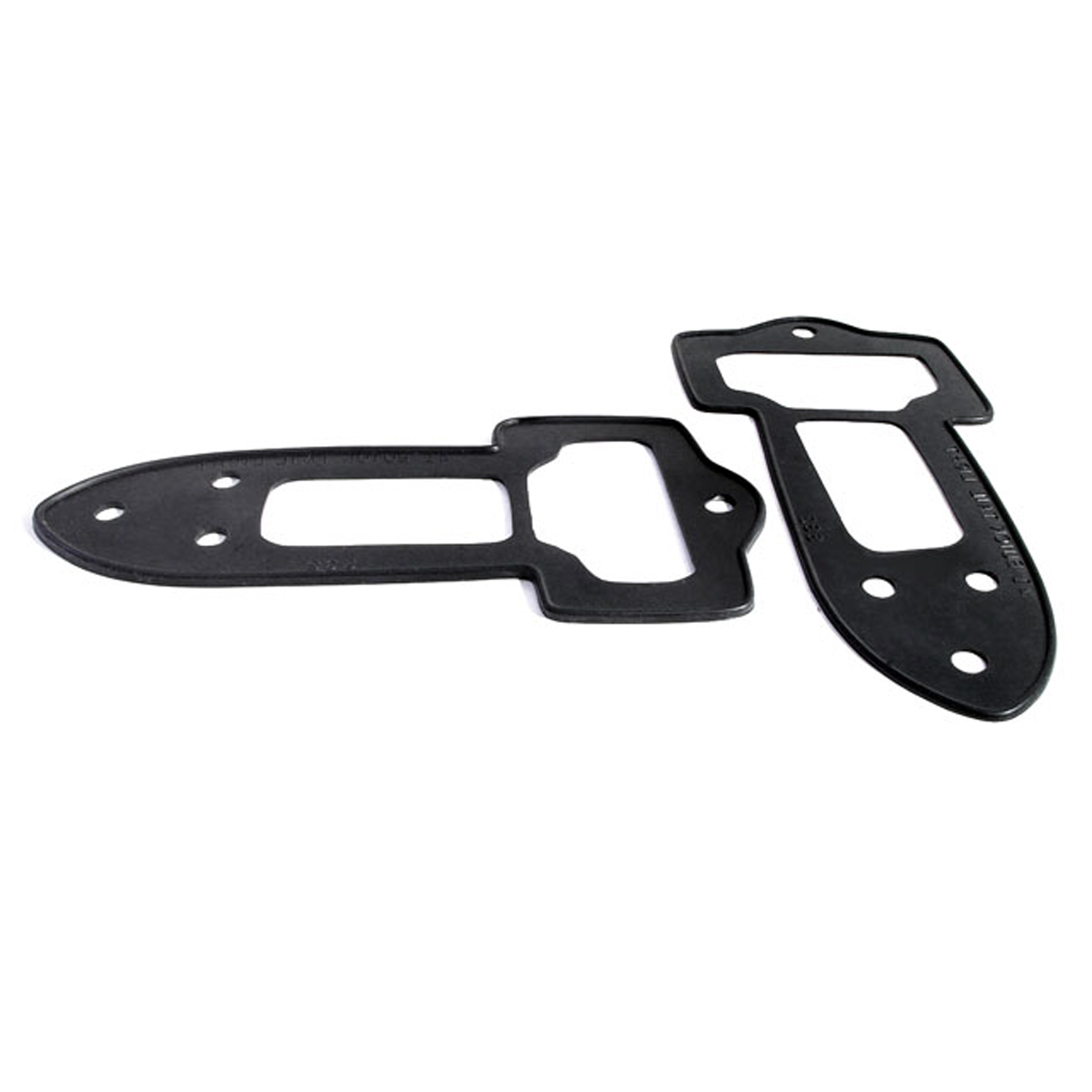 1949 Buick Roadmaster Series 70 Tail-light Pads (fits some models)-MP 332Tail-light Pads (fits some models). Overall length approximately 10". 4-3/4" wide X 10" long. Pair R&L
1949 Buick Roadmaster Series 70 Tail-light Pads (fits some models)-MP 332Tail-light Pads (fits some models). Overall length approximately 10". 4-3/4" wide X 10" long. Pair R&L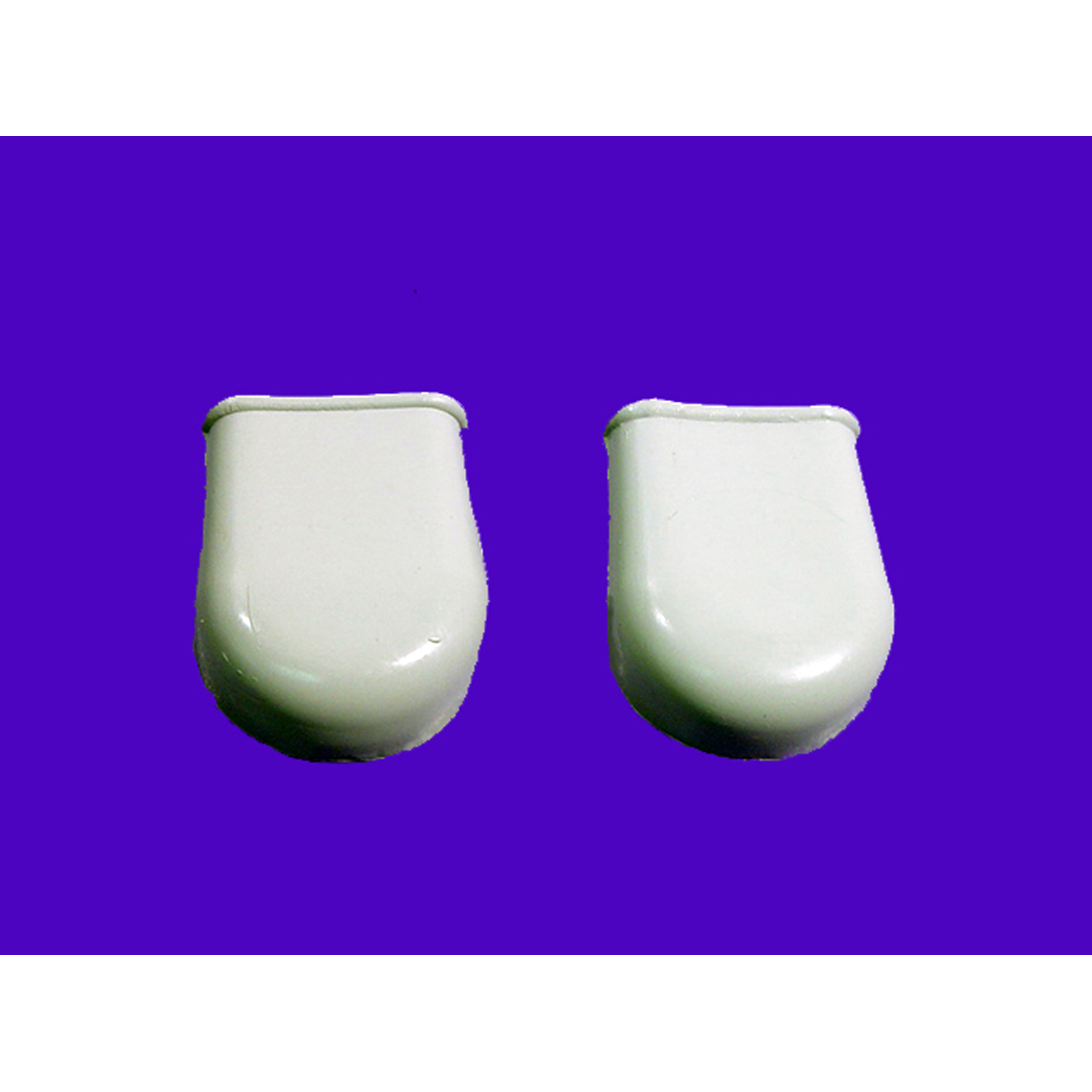 1949 Buick Roadmaster Series 70 Bumper Caps for convertible top linkage-RP 1000Bumper Caps for convertible top linkage, folding pillar to side roof rail link. Made of gray rubber. Up to four used per car. Replaces OEM #4562358. Pair
1949 Buick Roadmaster Series 70 Bumper Caps for convertible top linkage-RP 1000Bumper Caps for convertible top linkage, folding pillar to side roof rail link. Made of gray rubber. Up to four used per car. Replaces OEM #4562358. Pair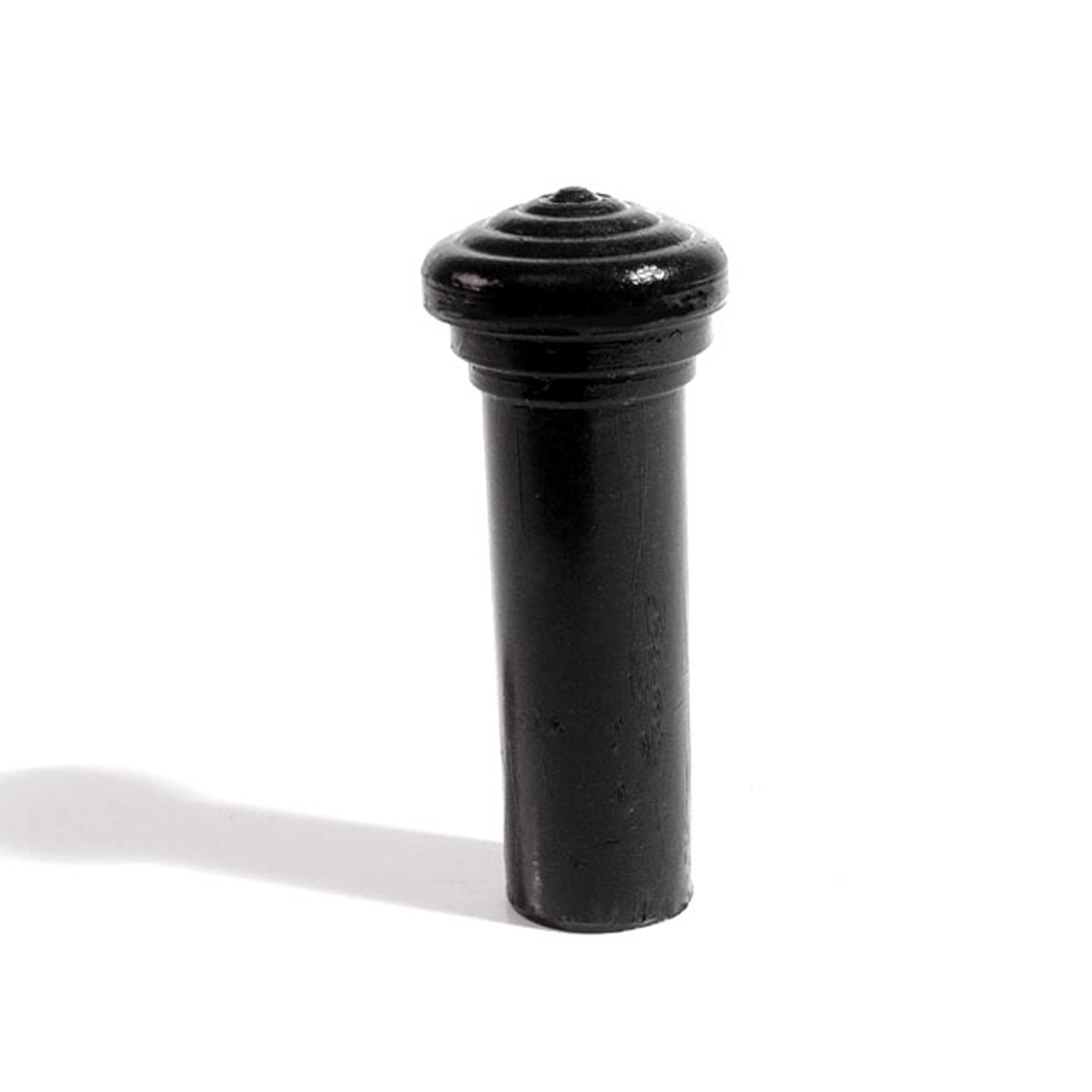 1949 Buick Roadmaster Series 70 Door Lock Knob. Made of Black rubber, self-threading-RP 304-ADoor Lock Knob. Made of Black rubber, self-threading. 1-3/8" tall with 1/8" lower I.D., 3/8" lower O.D. Each
1949 Buick Roadmaster Series 70 Door Lock Knob. Made of Black rubber, self-threading-RP 304-ADoor Lock Knob. Made of Black rubber, self-threading. 1-3/8" tall with 1/8" lower I.D., 3/8" lower O.D. Each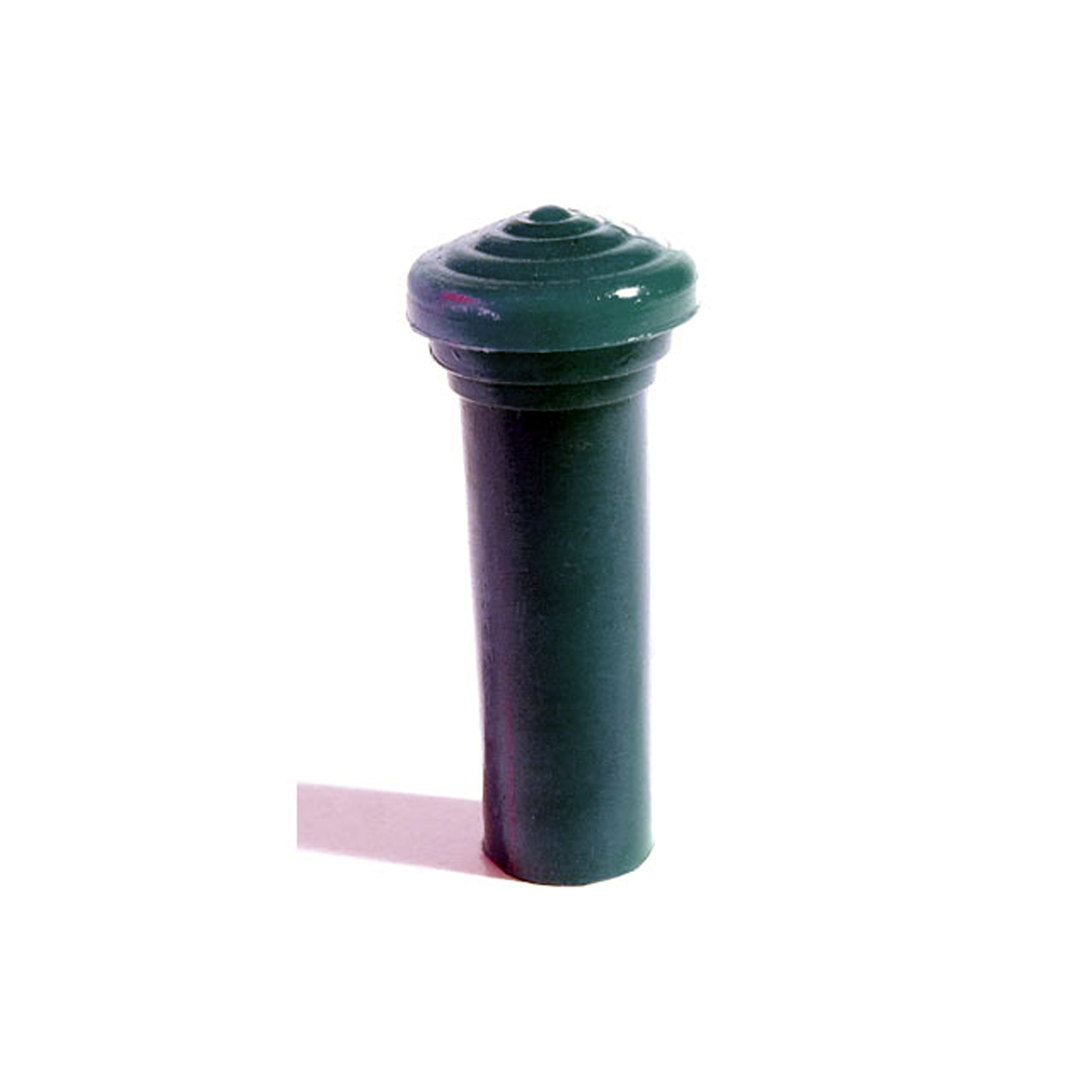 1949 Buick Roadmaster Series 70 Door Lock Knob. Made of Slate Blue rubber, self-threading-RP 304-CDoor Lock Knob. Made of Slate Blue rubber, self-threading. 1-3/8" tall with 1/8" lower I.D., 3/8" lower O.D. Each
1949 Buick Roadmaster Series 70 Door Lock Knob. Made of Slate Blue rubber, self-threading-RP 304-CDoor Lock Knob. Made of Slate Blue rubber, self-threading. 1-3/8" tall with 1/8" lower I.D., 3/8" lower O.D. Each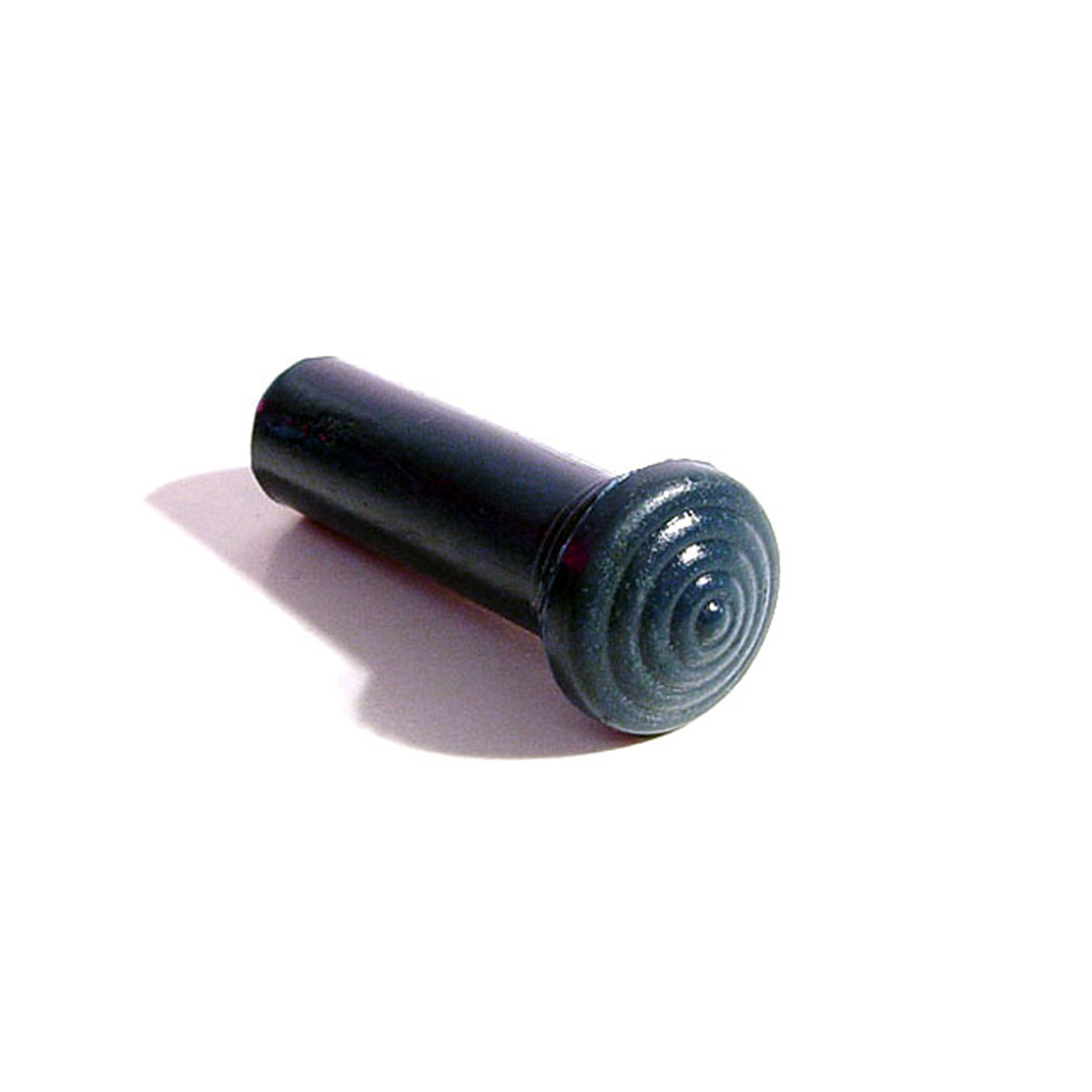 1949 Buick Roadmaster Series 70 Door Lock Knob. Made of Navy Blue rubber, self-threading-RP 304-DDoor Lock Knob. Made of Navy Blue rubber, self-threading. 1-3/8" tall with 1/8" lower I.D., 3/8" lower O.D. Each
1949 Buick Roadmaster Series 70 Door Lock Knob. Made of Navy Blue rubber, self-threading-RP 304-DDoor Lock Knob. Made of Navy Blue rubber, self-threading. 1-3/8" tall with 1/8" lower I.D., 3/8" lower O.D. Each 1949 Buick Roadmaster Series 70 Door Lock Knob. Made of Silver Blue rubber, self-threading-RP 304-EDoor Lock Knob. Made of Silver Blue rubber, self-threading. 1-3/8" tall with 1/8" lower I.D., 3/8" lower O.D. Each
1949 Buick Roadmaster Series 70 Door Lock Knob. Made of Silver Blue rubber, self-threading-RP 304-EDoor Lock Knob. Made of Silver Blue rubber, self-threading. 1-3/8" tall with 1/8" lower I.D., 3/8" lower O.D. Each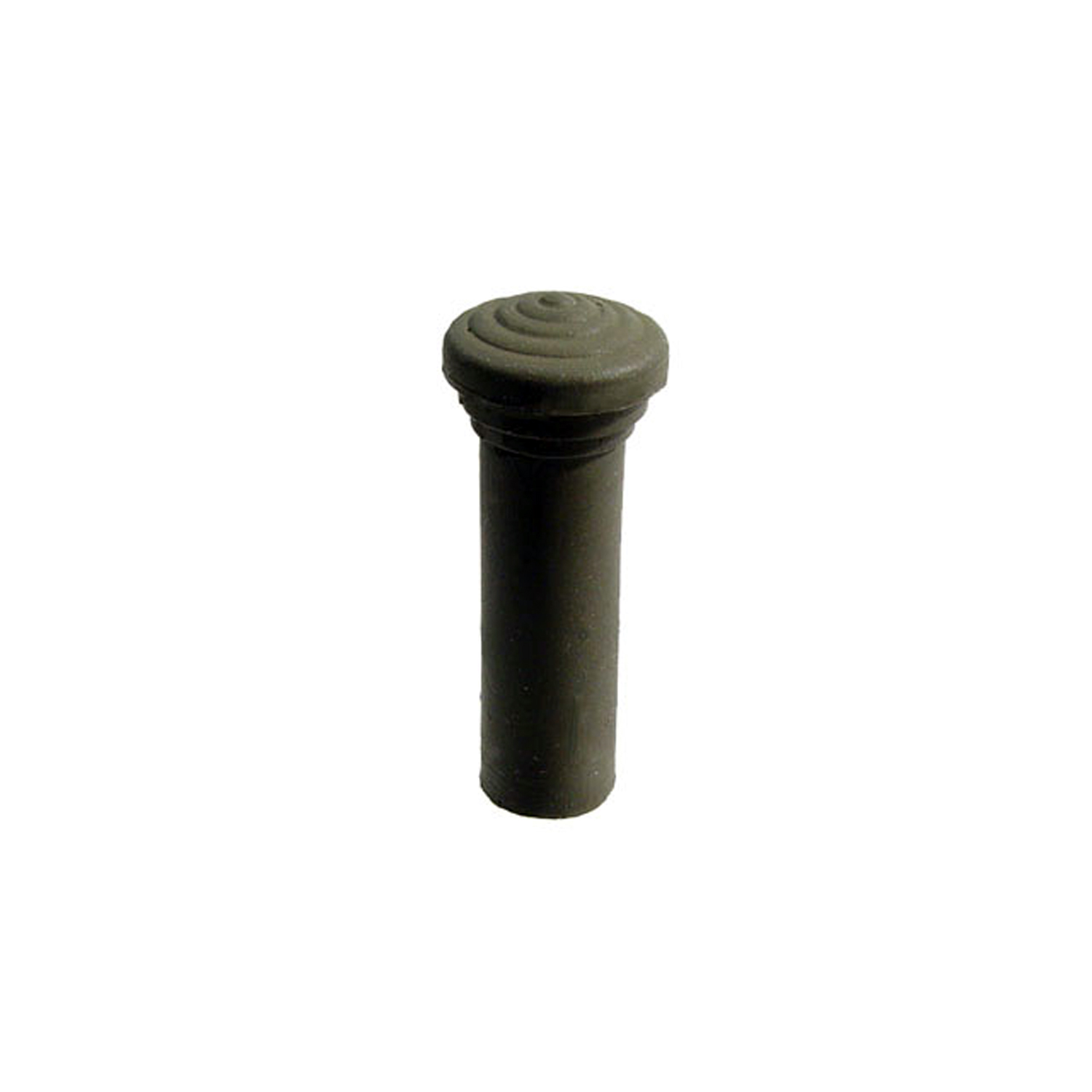 1949 Buick Roadmaster Series 70 Door Lock Knob. Made of Fawn colored rubber, self-threading-RP 304-FDoor Lock Knob. Made of Fawn colored rubber, self-threading. 1-3/8" tall with 1/8" lower I.D., 3/8" lower O.D. Each
1949 Buick Roadmaster Series 70 Door Lock Knob. Made of Fawn colored rubber, self-threading-RP 304-FDoor Lock Knob. Made of Fawn colored rubber, self-threading. 1-3/8" tall with 1/8" lower I.D., 3/8" lower O.D. Each 1949 Buick Roadmaster Series 70 Door Lock Knob. Made of Olive Green rubber, self-threading-RP 304-GDoor Lock Knob. Made of Olive Green rubber, self-threading. 1-3/8" tall with 1/8" lower I.D., 3/8" lower O.D. Each
1949 Buick Roadmaster Series 70 Door Lock Knob. Made of Olive Green rubber, self-threading-RP 304-GDoor Lock Knob. Made of Olive Green rubber, self-threading. 1-3/8" tall with 1/8" lower I.D., 3/8" lower O.D. Each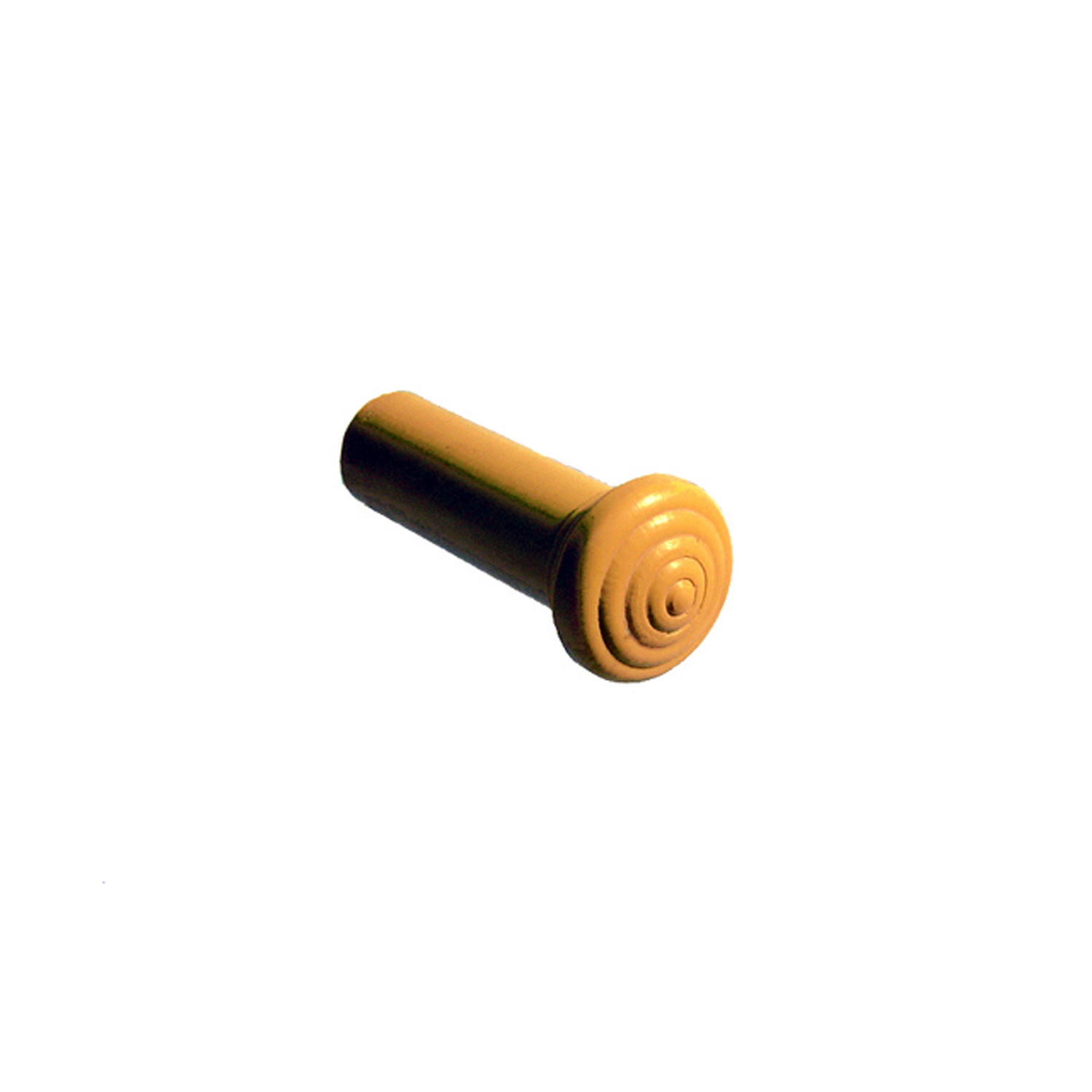 1949 Buick Roadmaster Series 70 Door Lock Knob. Made of Yellow rubber, self-threading-RP 304-HDoor Lock Knob. Made of Yellow rubber, self-threading. 1-3/8" tall with 1/8" lower I.D., 3/8" lower O.D. Each
1949 Buick Roadmaster Series 70 Door Lock Knob. Made of Yellow rubber, self-threading-RP 304-HDoor Lock Knob. Made of Yellow rubber, self-threading. 1-3/8" tall with 1/8" lower I.D., 3/8" lower O.D. Each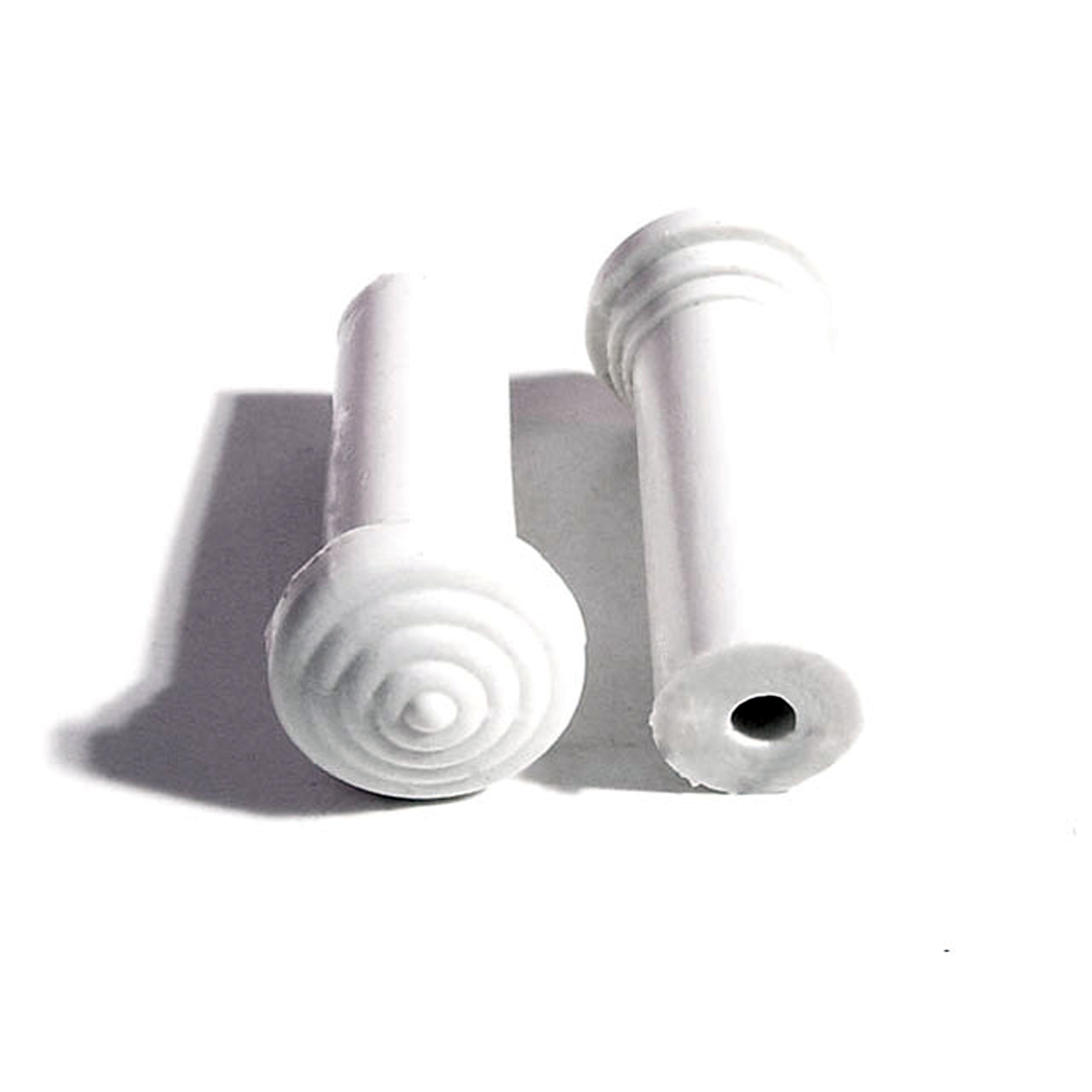 1949 Buick Roadmaster Series 70 Door Lock Knob. Made of White rubber, self-threading-RP 304-IDoor Lock Knob. Made of White rubber, self-threading. 1-3/8" tall with 1/8" lower I.D., 3/8" lower O.D. Each
1949 Buick Roadmaster Series 70 Door Lock Knob. Made of White rubber, self-threading-RP 304-IDoor Lock Knob. Made of White rubber, self-threading. 1-3/8" tall with 1/8" lower I.D., 3/8" lower O.D. Each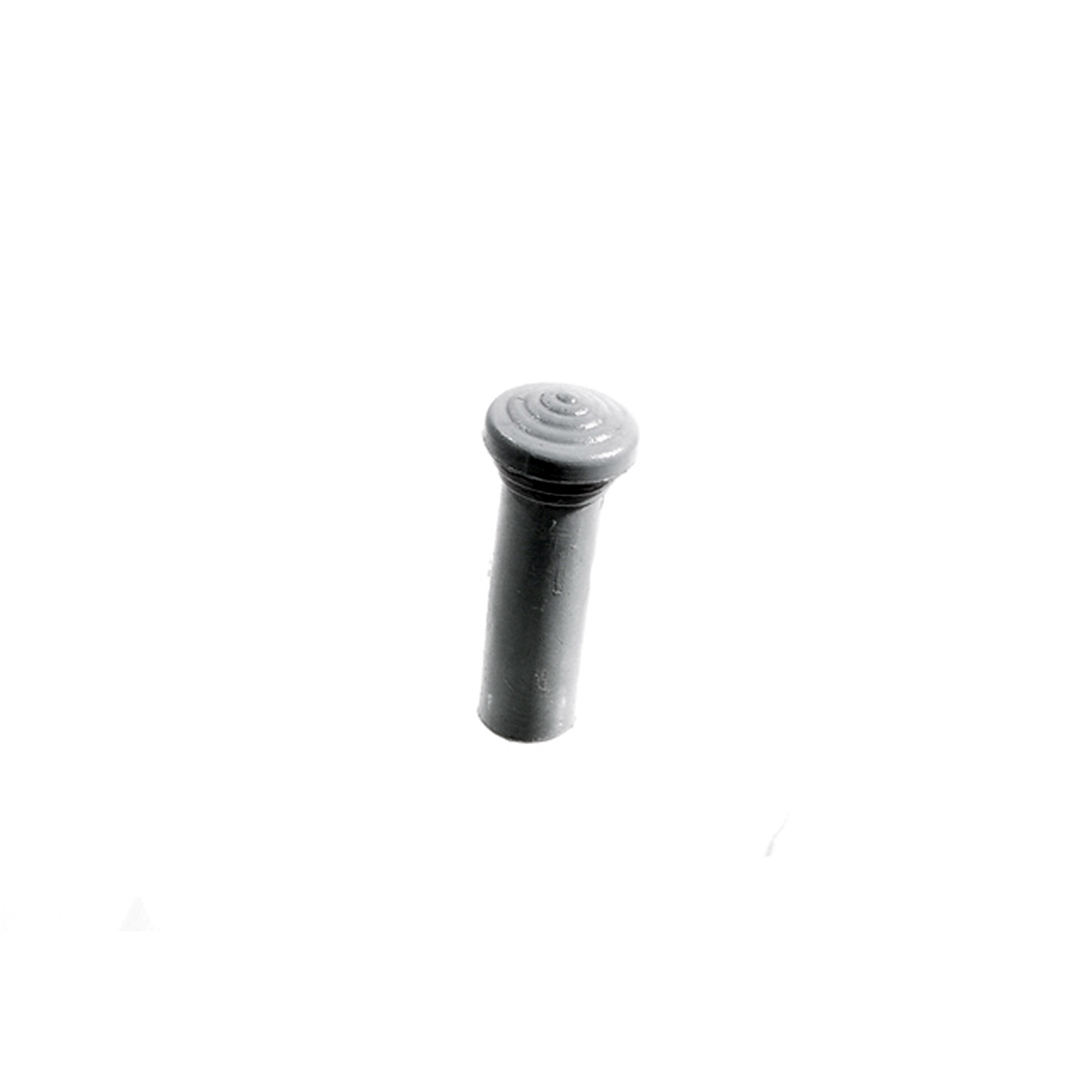 1949 Buick Roadmaster Series 70 Door Lock Knob. Made of Silver rubber, self-threading-RP 304-JDoor Lock Knob. Made of Silver rubber, self-threading. 1-3/8" tall with 1/8" lower I.D., 3/8" lower O.D. Each
1949 Buick Roadmaster Series 70 Door Lock Knob. Made of Silver rubber, self-threading-RP 304-JDoor Lock Knob. Made of Silver rubber, self-threading. 1-3/8" tall with 1/8" lower I.D., 3/8" lower O.D. Each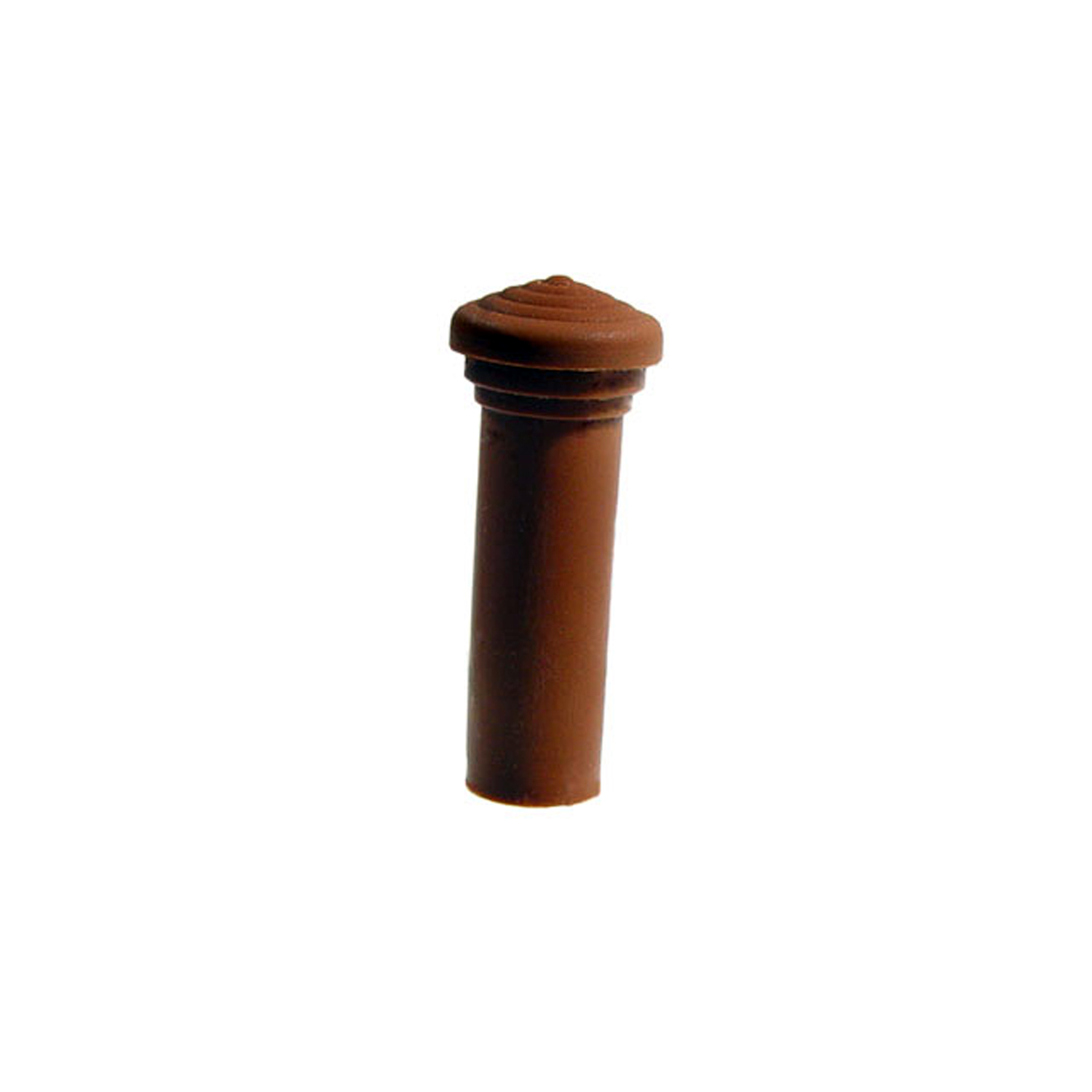 1949 Buick Roadmaster Series 70 Door Lock Knob. Made of Medium Brown rubber, self-threading-RP 304-KDoor Lock Knob. Made of Medium Brown rubber, self-threading. 1-3/8" tall with 1/8" lower I.D., 3/8" lower O.D. Each
1949 Buick Roadmaster Series 70 Door Lock Knob. Made of Medium Brown rubber, self-threading-RP 304-KDoor Lock Knob. Made of Medium Brown rubber, self-threading. 1-3/8" tall with 1/8" lower I.D., 3/8" lower O.D. Each 1949 Buick Roadmaster Series 70 Door Lock Knob. Made of Wedgwood rubber, self-threading-RP 304-LDoor Lock Knob. Made of Wedgwood rubber, self-threading. 1-3/8" tall with 1/8" lower I.D., 3/8" lower O.D. Each
1949 Buick Roadmaster Series 70 Door Lock Knob. Made of Wedgwood rubber, self-threading-RP 304-LDoor Lock Knob. Made of Wedgwood rubber, self-threading. 1-3/8" tall with 1/8" lower I.D., 3/8" lower O.D. Each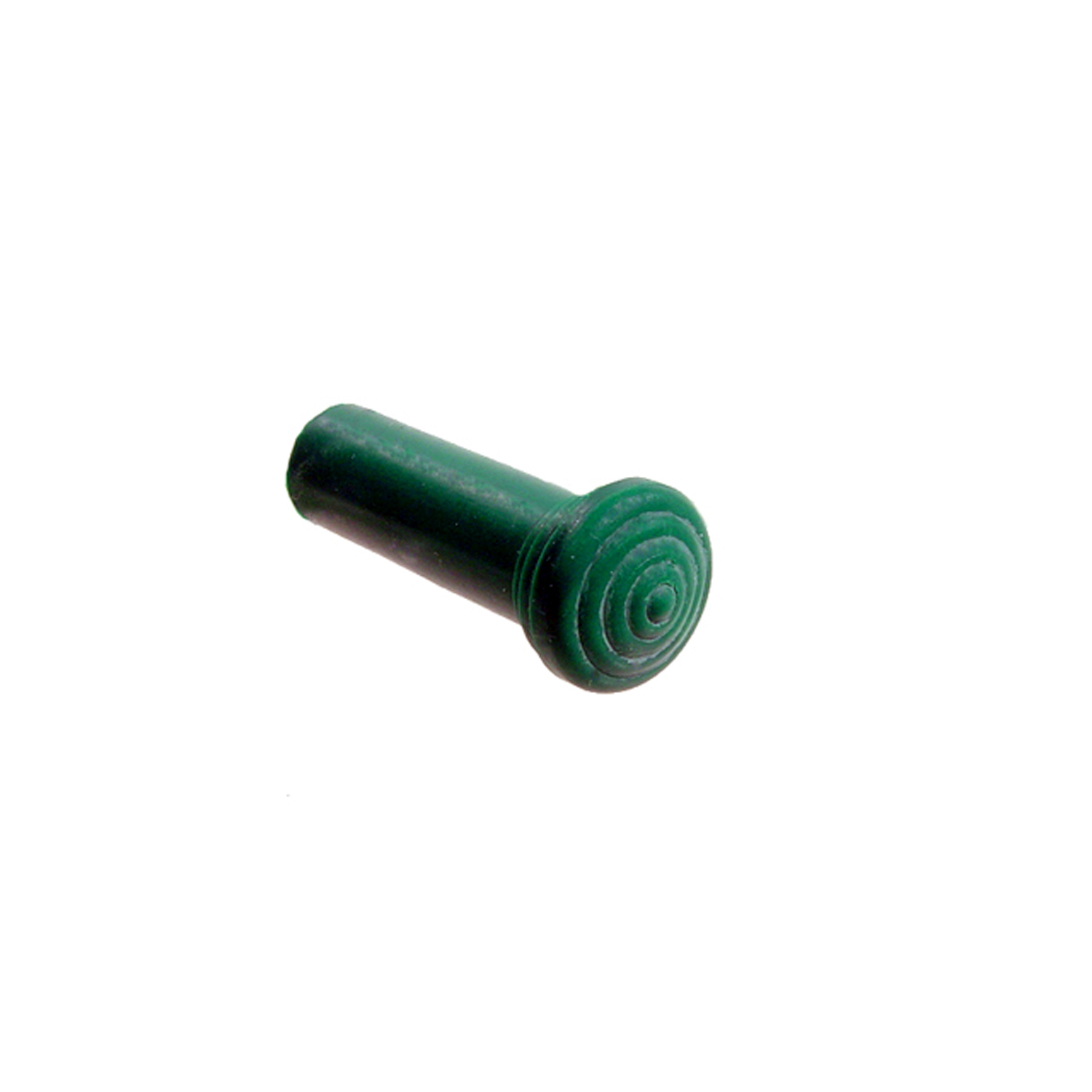 1949 Buick Roadmaster Series 70 Door Lock Knob. Made of Teal Green rubber, self-threading-RP 304-MDoor Lock Knob. Made of Teal Green rubber, self-threading. 1-3/8" tall with 1/8" lower I.D., 3/8" lower O.D. Each
1949 Buick Roadmaster Series 70 Door Lock Knob. Made of Teal Green rubber, self-threading-RP 304-MDoor Lock Knob. Made of Teal Green rubber, self-threading. 1-3/8" tall with 1/8" lower I.D., 3/8" lower O.D. Each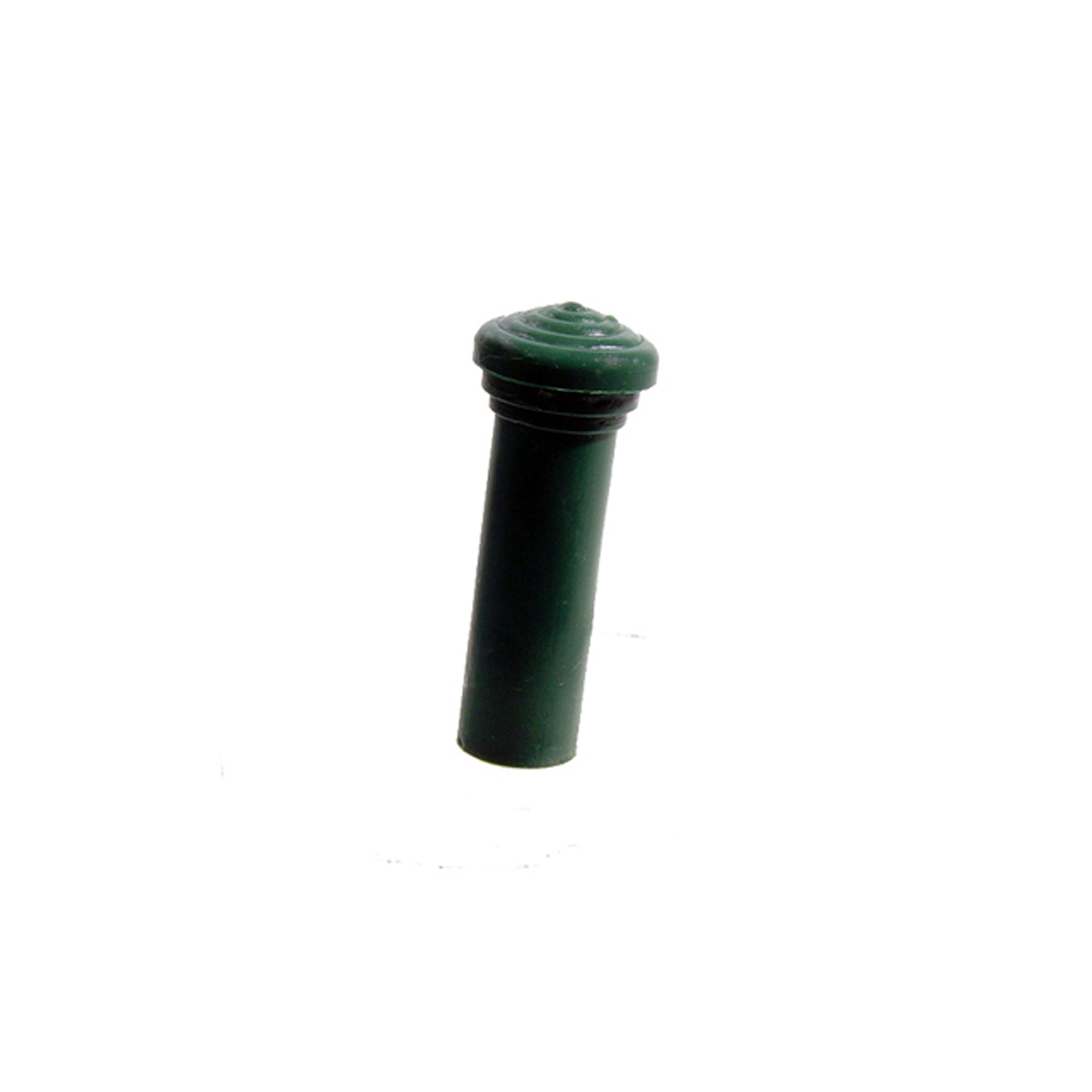 1949 Buick Roadmaster Series 70 Door Lock Knob. Made of Moss Green rubber, self-threading-RP 304-NDoor Lock Knob. Made of Moss Green rubber, self-threading. 1-3/8" tall with 1/8" lower I.D., 3/8" lower O.D. Each
1949 Buick Roadmaster Series 70 Door Lock Knob. Made of Moss Green rubber, self-threading-RP 304-NDoor Lock Knob. Made of Moss Green rubber, self-threading. 1-3/8" tall with 1/8" lower I.D., 3/8" lower O.D. Each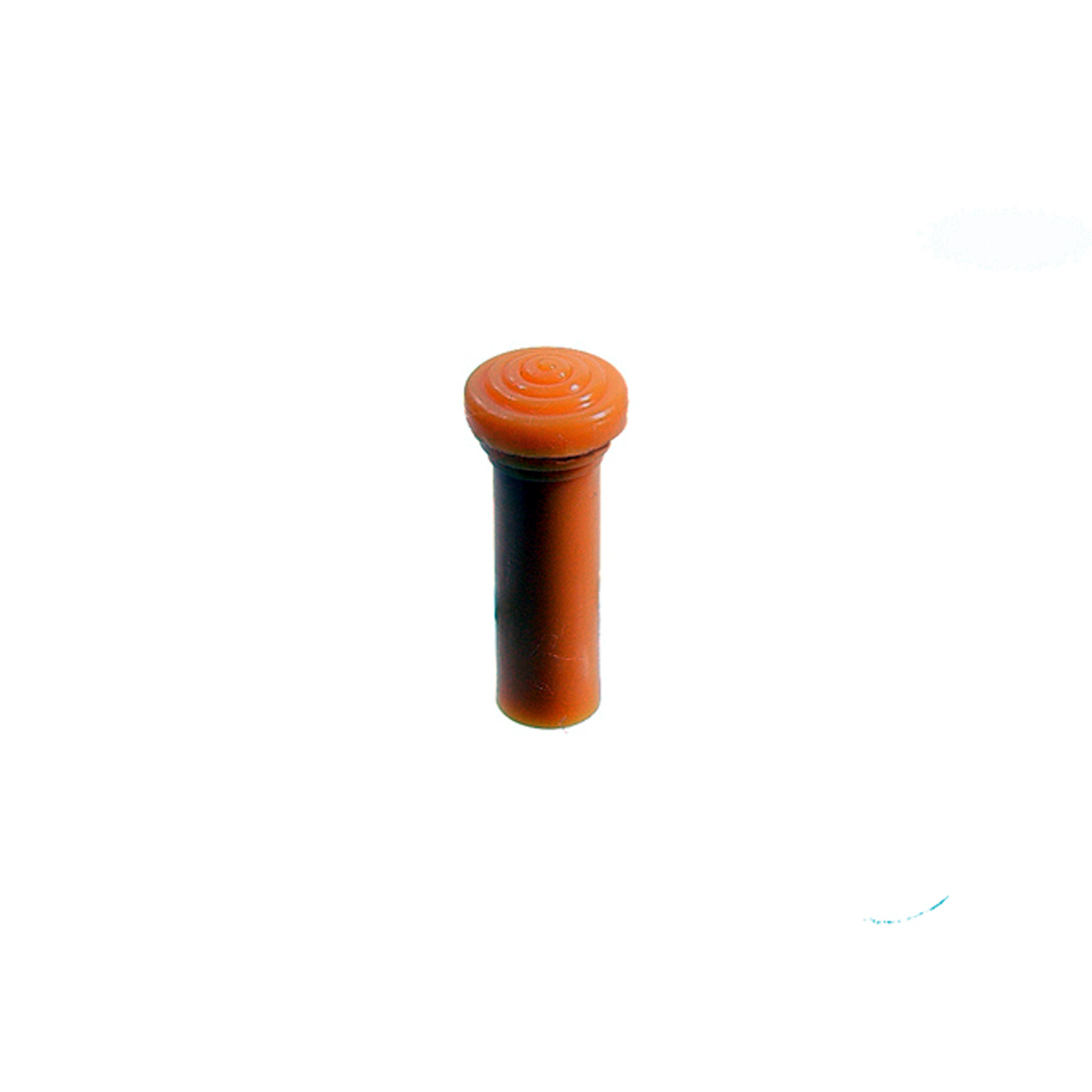 1949 Buick Roadmaster Series 70 Door Lock Knob. Made of Ember glow rubber, self-threading-RP 304-ODoor Lock Knob. Made of Ember glow rubber, self-threading. 1-3/8" tall with 1/8" lower I.D., 3/8" lower O.D. Each
1949 Buick Roadmaster Series 70 Door Lock Knob. Made of Ember glow rubber, self-threading-RP 304-ODoor Lock Knob. Made of Ember glow rubber, self-threading. 1-3/8" tall with 1/8" lower I.D., 3/8" lower O.D. Each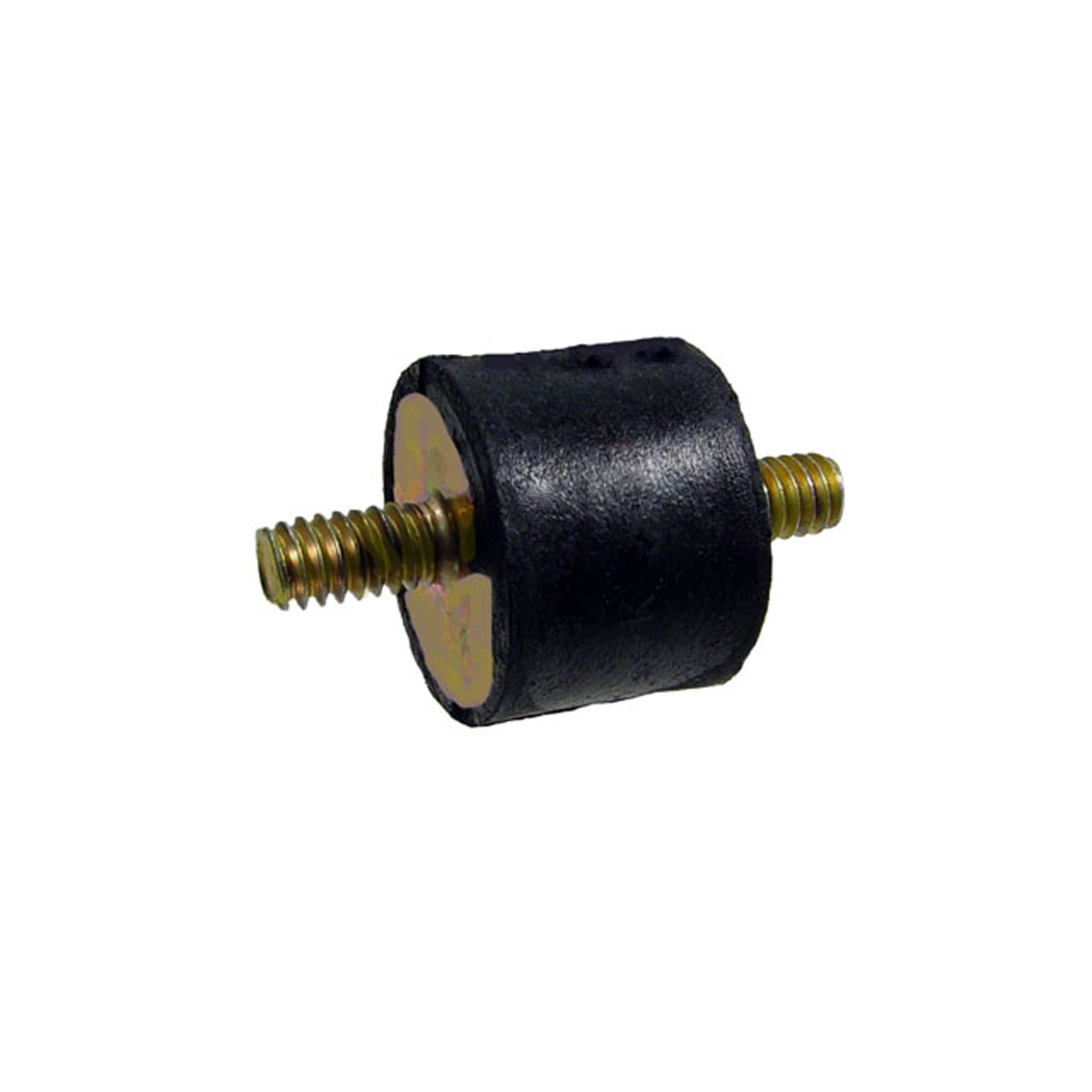 1949 Buick Roadmaster Series 70 Hydro-Electric Power Unit Mounting Cushion-RP 700Hydro-Electric Power Unit Mounting Cushion. Two to three used per car. 1" O.D. X 3/4" high rubber with 1/4 x 20 x 3/4" Studs. Replaces OEM #4149788. Each
1949 Buick Roadmaster Series 70 Hydro-Electric Power Unit Mounting Cushion-RP 700Hydro-Electric Power Unit Mounting Cushion. Two to three used per car. 1" O.D. X 3/4" high rubber with 1/4 x 20 x 3/4" Studs. Replaces OEM #4149788. Each 1949 Buick Roadmaster Series 70 Torque Ball Boot. For Cars with Dyna Flow Transmission-RP 73-ATorque Ball Boot. For Cars with Dyna Flow Transmission. Replaces OEM #1334298. Each
1949 Buick Roadmaster Series 70 Torque Ball Boot. For Cars with Dyna Flow Transmission-RP 73-ATorque Ball Boot. For Cars with Dyna Flow Transmission. Replaces OEM #1334298. Each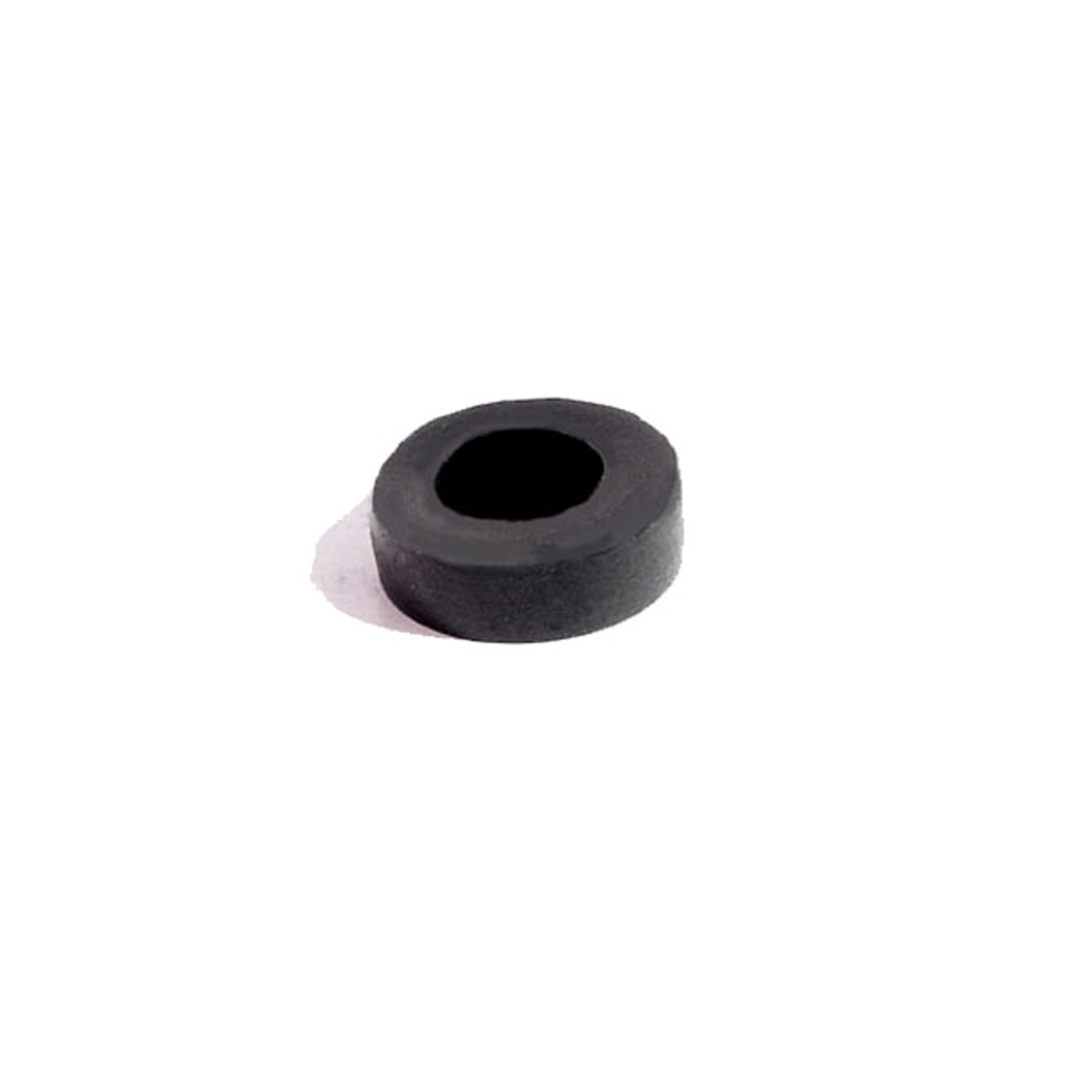 1949 Buick Roadmaster Series 70 Front Door Window Adjustment Bumper Cushion-SB 70Front Door Window Adjustment Bumper Cushion. For "T" bolt in door. Four to six used per car. 11/16" X 1/4". Each
1949 Buick Roadmaster Series 70 Front Door Window Adjustment Bumper Cushion-SB 70Front Door Window Adjustment Bumper Cushion. For "T" bolt in door. Four to six used per car. 11/16" X 1/4". Each 1949 Buick Roadmaster Series 70 Speedometer Cable / Utility Grommet-SM 2Speedometer Cable / Utility Grommet. Fits 3/4" to 13/16" hole. 3/16" center hole. Each
1949 Buick Roadmaster Series 70 Speedometer Cable / Utility Grommet-SM 2Speedometer Cable / Utility Grommet. Fits 3/4" to 13/16" hole. 3/16" center hole. Each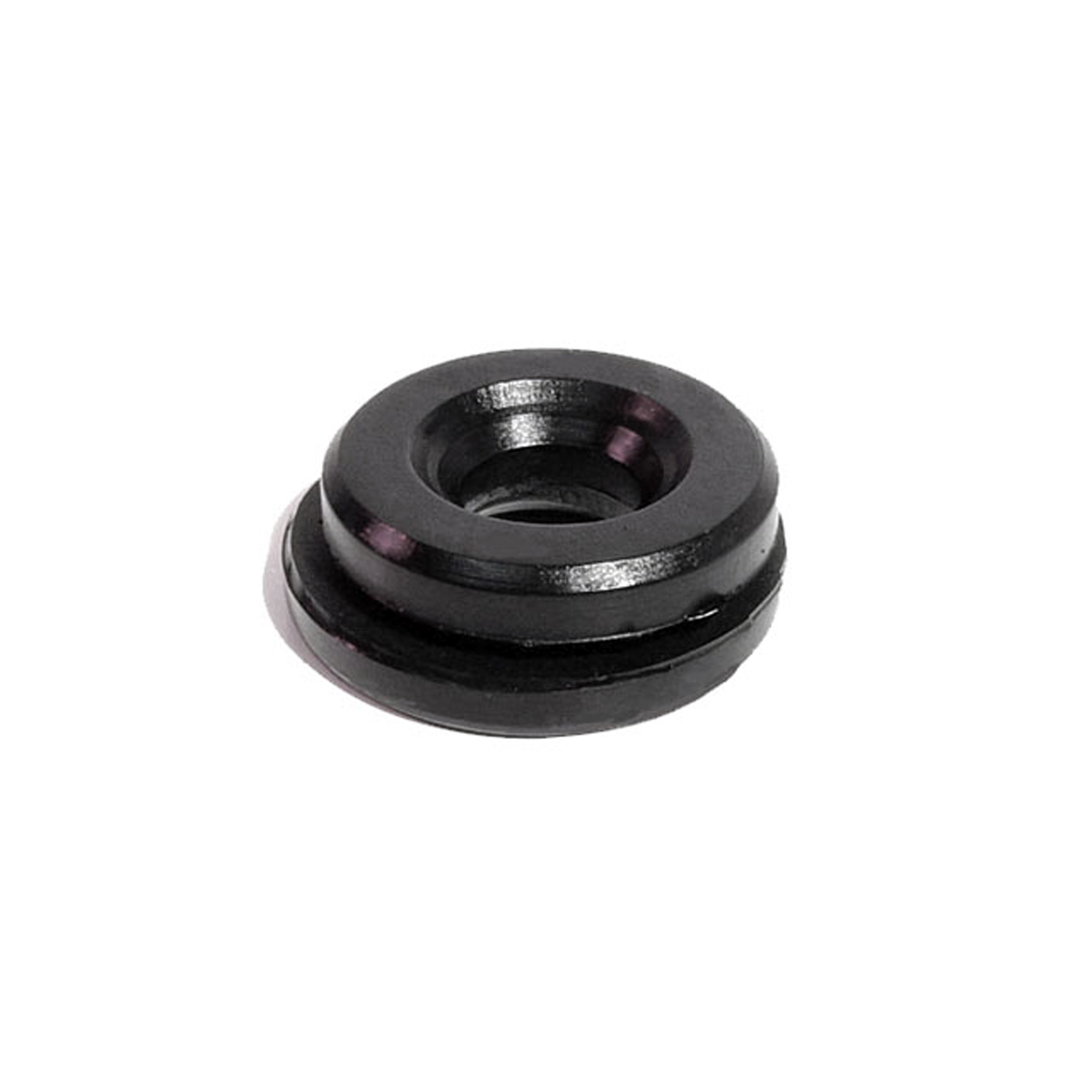 1949 Buick Roadmaster Series 70 Wire Harness Grommet. Each-SM 3Wire Harness Grommet. Each
1949 Buick Roadmaster Series 70 Wire Harness Grommet. Each-SM 3Wire Harness Grommet. Each 1949 Buick Roadmaster Series 70 Special Purpose Grommet-SM 4Special Purpose Grommet. For firewall, fuel gauge wire, horn wire, hood latch cable and fresh air cable. Fits 1/2" hole. 1/8" center hole. Each
1949 Buick Roadmaster Series 70 Special Purpose Grommet-SM 4Special Purpose Grommet. For firewall, fuel gauge wire, horn wire, hood latch cable and fresh air cable. Fits 1/2" hole. 1/8" center hole. Each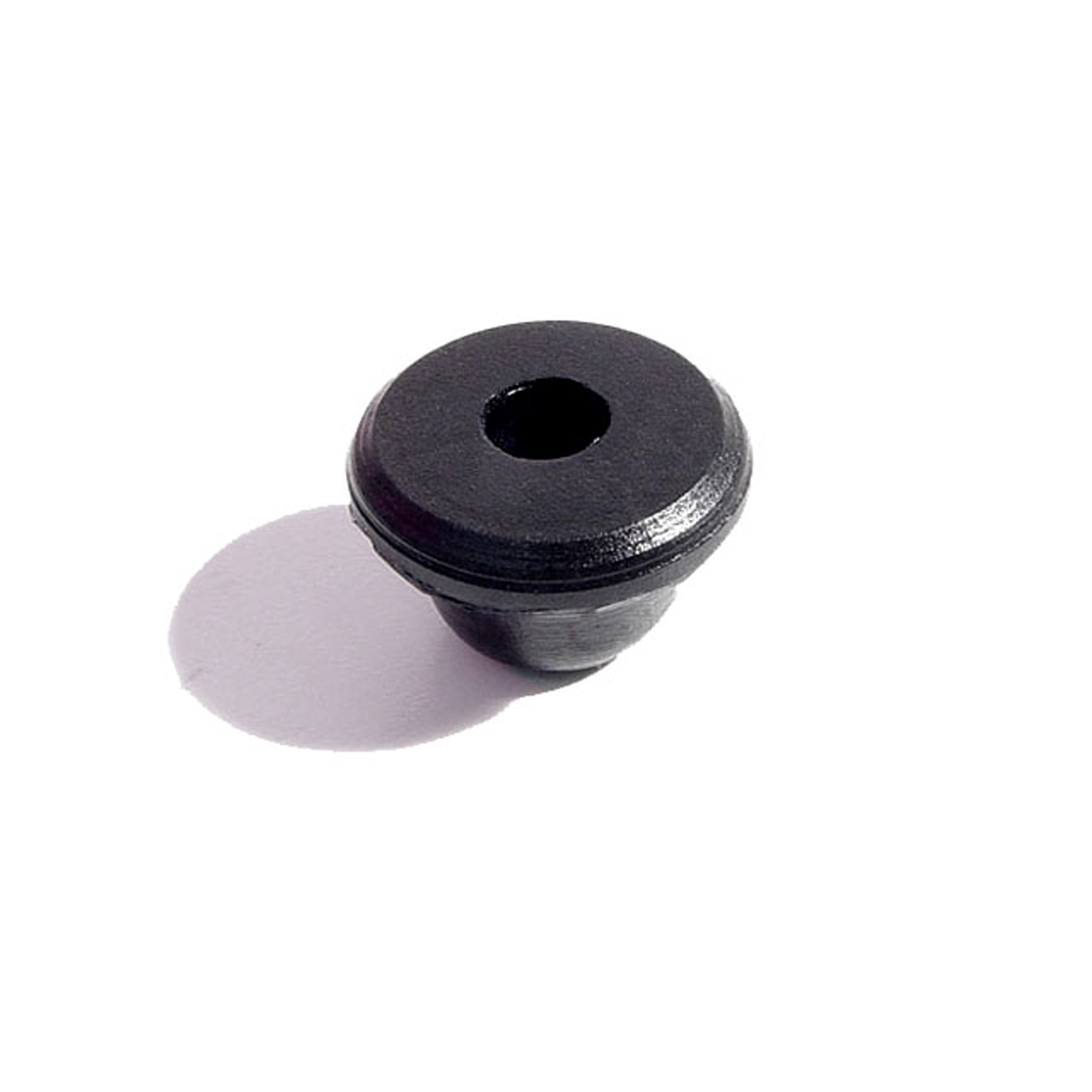 1949 Buick Roadmaster Series 70 Hole Plug and Cowl Bumper. Fits 1/2" hole. Each-SM 52Hole Plug and Cowl Bumper. Fits 1/2" hole. Each
1949 Buick Roadmaster Series 70 Hole Plug and Cowl Bumper. Fits 1/2" hole. Each-SM 52Hole Plug and Cowl Bumper. Fits 1/2" hole. Each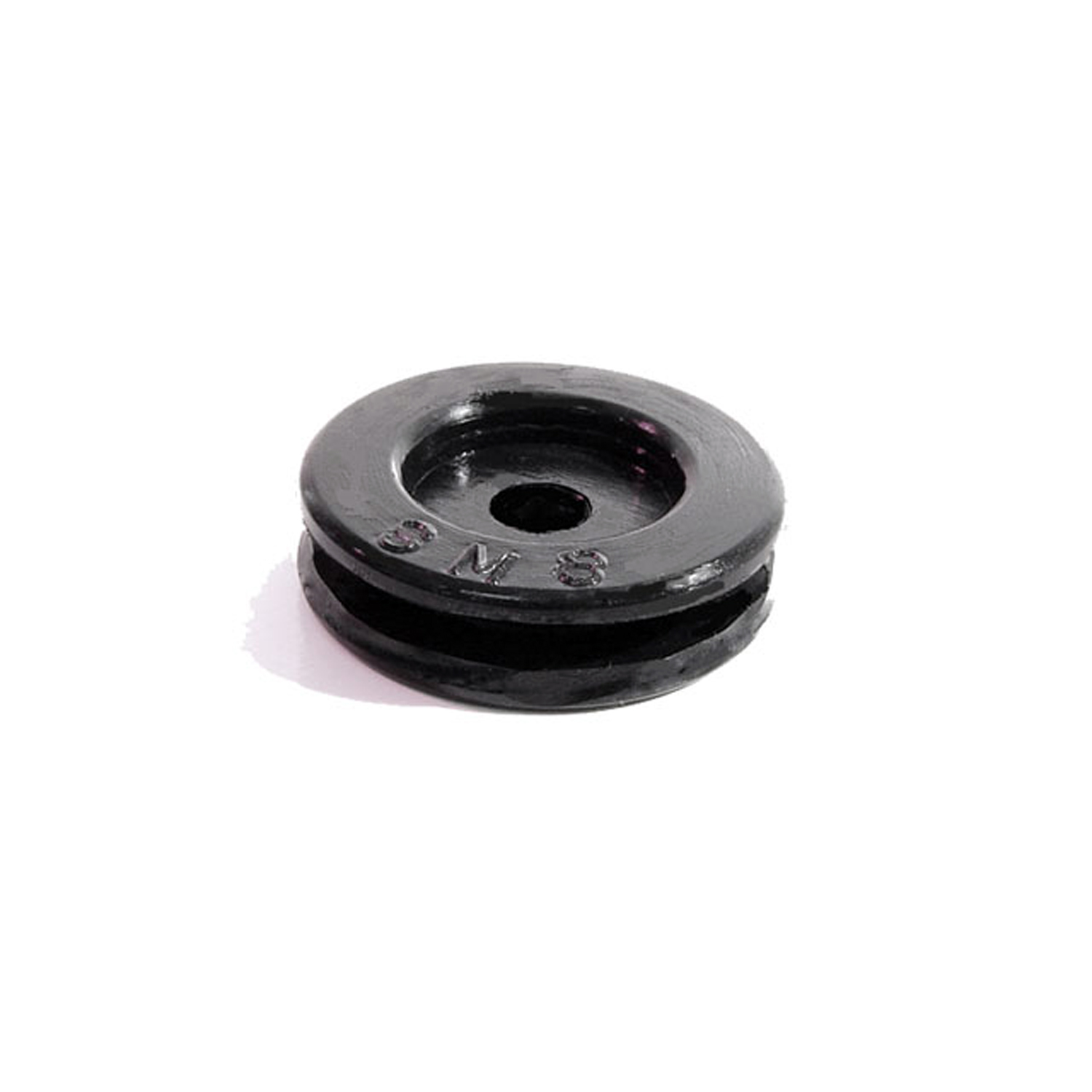 1949 Buick Roadmaster Series 70 Firewall and Utility Grommet. Fits 3/4" hole. 3/16" I.D-SM 8Firewall and Utility Grommet. Fits 3/4" hole. 3/16" I.D. Each
1949 Buick Roadmaster Series 70 Firewall and Utility Grommet. Fits 3/4" hole. 3/16" I.D-SM 8Firewall and Utility Grommet. Fits 3/4" hole. 3/16" I.D. Each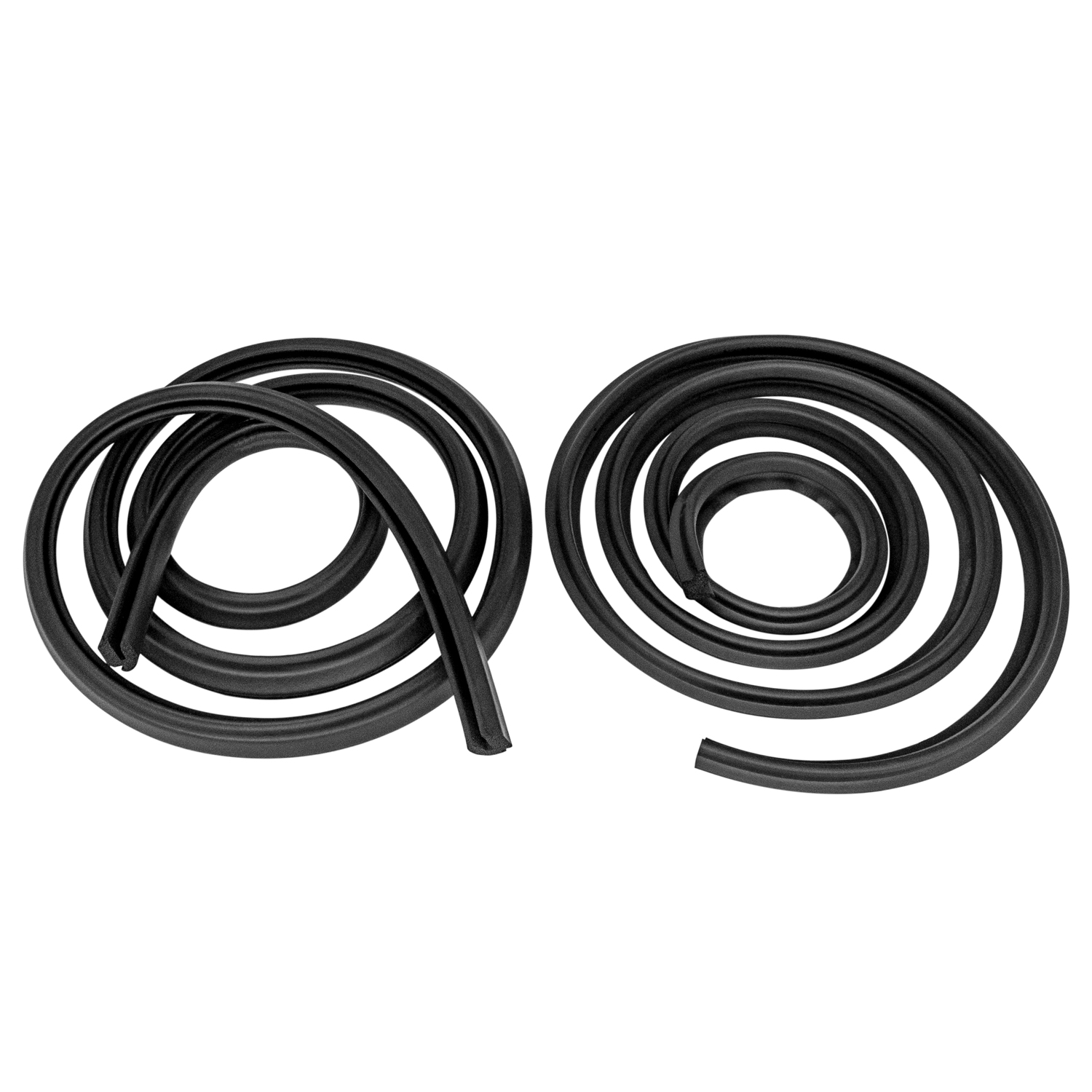 1949 Buick Roadmaster Series 70 Trunk Seal. 16 Feet overall length. Each-TK 50/52-8Trunk Seal. 16 Feet overall length. Each
1949 Buick Roadmaster Series 70 Trunk Seal. 16 Feet overall length. Each-TK 50/52-8Trunk Seal. 16 Feet overall length. Each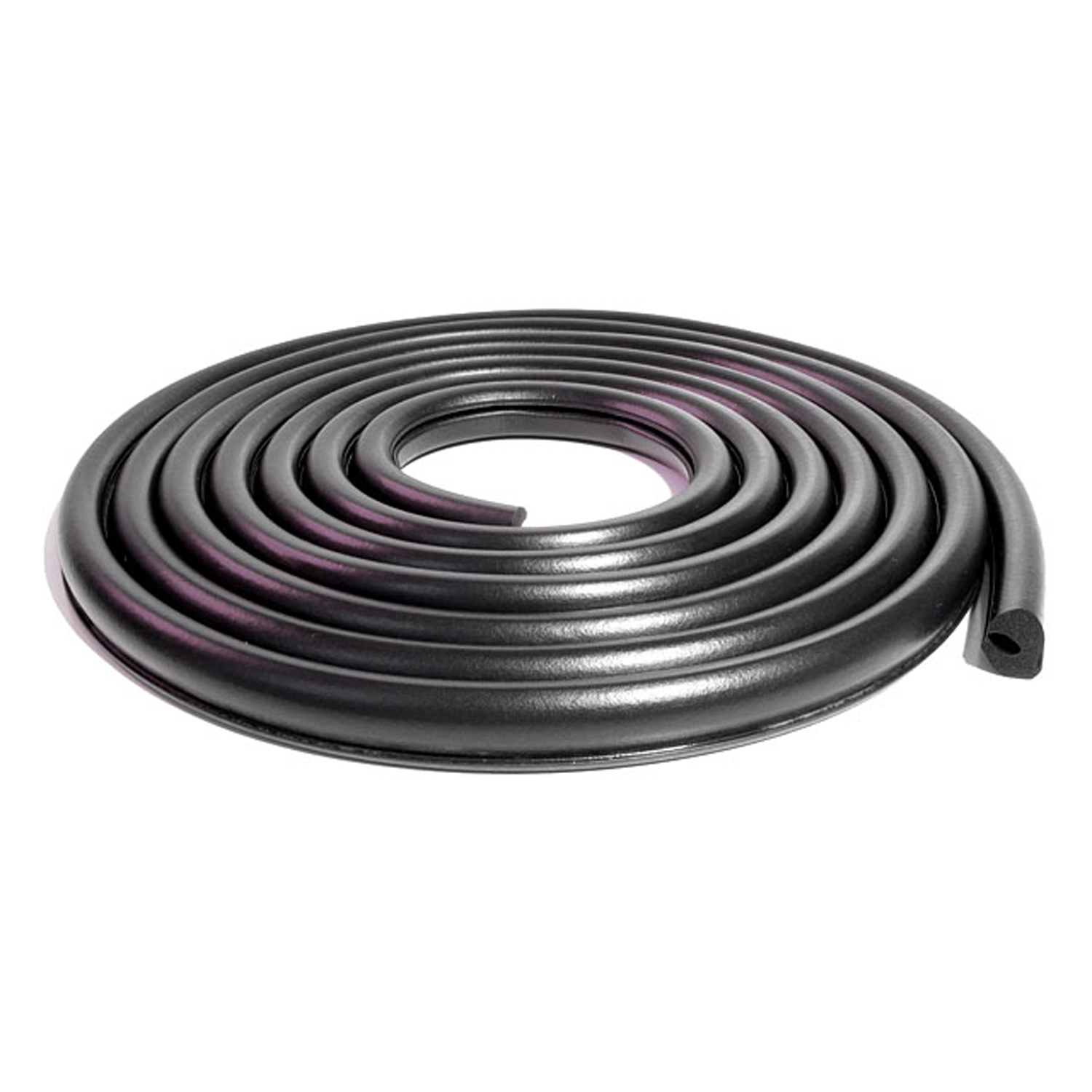 1949 Buick Roadmaster Series 70 Trunk Seal. Each-TK 56-18Trunk Seal. Each
1949 Buick Roadmaster Series 70 Trunk Seal. Each-TK 56-18Trunk Seal. Each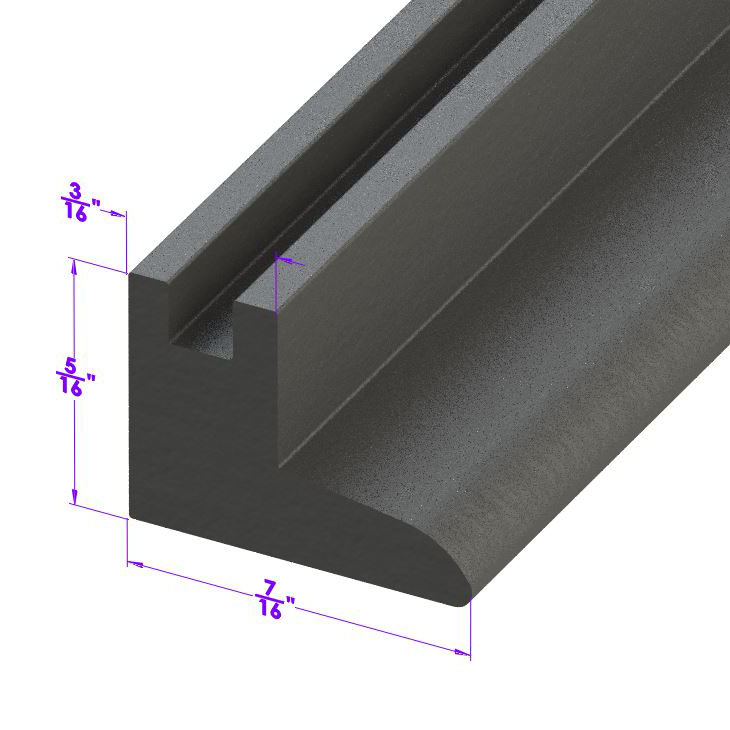 1949 Buick Roadmaster Series 70 Vertical Seal for Vent Window. Each is 17" long. Pair-VS 2Vertical Seal for Vent Window. Each is 17" long. Pair
1949 Buick Roadmaster Series 70 Vertical Seal for Vent Window. Each is 17" long. Pair-VS 2Vertical Seal for Vent Window. Each is 17" long. Pair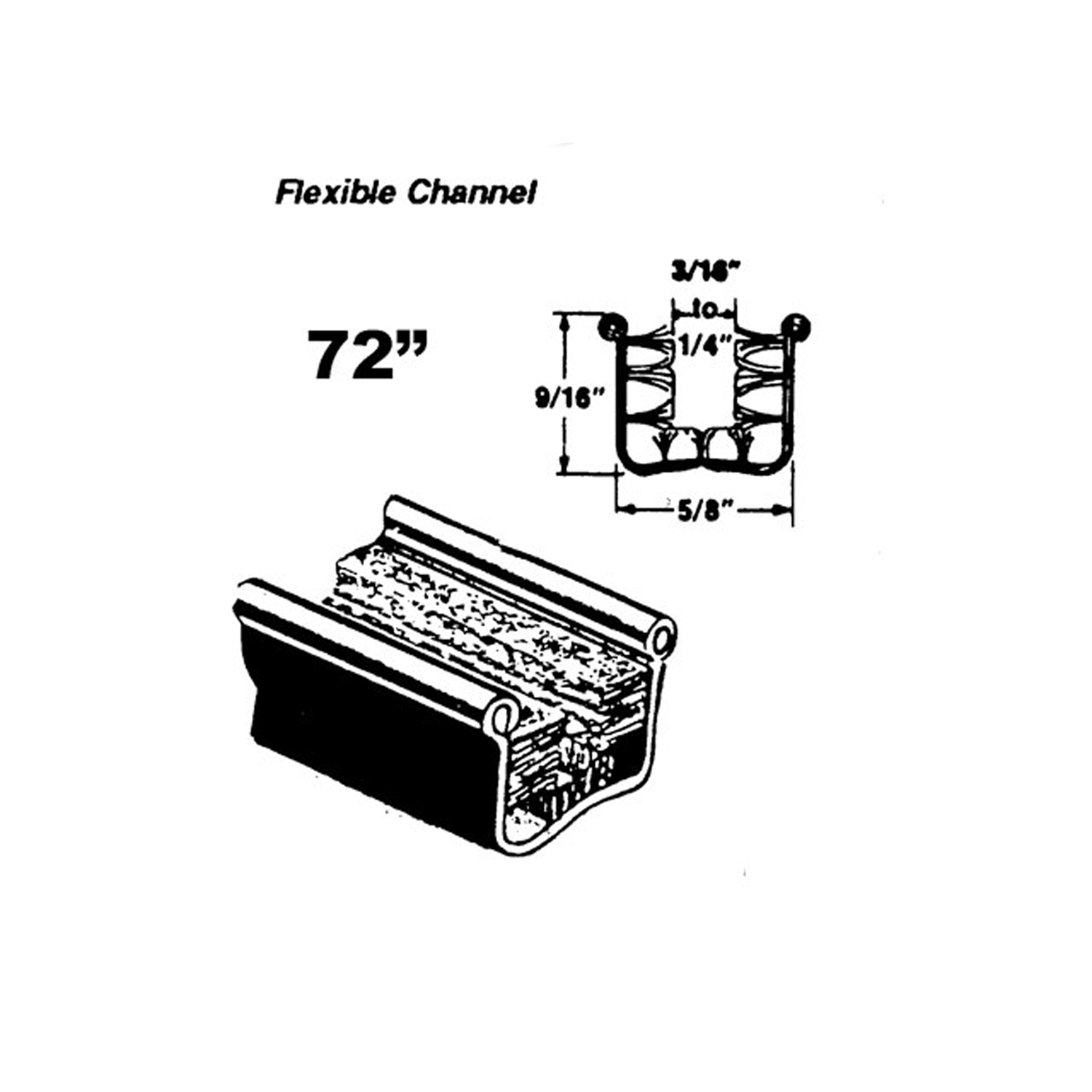 1949 Buick Roadmaster Series 70 Flexible glass-run channel-WC 11-72Flexible glass-run channel. Mohair lined, cloth covered with stainless steel bead. Used on side windows. 72 in. long. Each. NOTE: $20 special shipping charge applies for domestic orders. Call or email for overseas shipping costs. Part can be sectioned in two equal lengths to reduce overseas shipping costs.
1949 Buick Roadmaster Series 70 Flexible glass-run channel-WC 11-72Flexible glass-run channel. Mohair lined, cloth covered with stainless steel bead. Used on side windows. 72 in. long. Each. NOTE: $20 special shipping charge applies for domestic orders. Call or email for overseas shipping costs. Part can be sectioned in two equal lengths to reduce overseas shipping costs.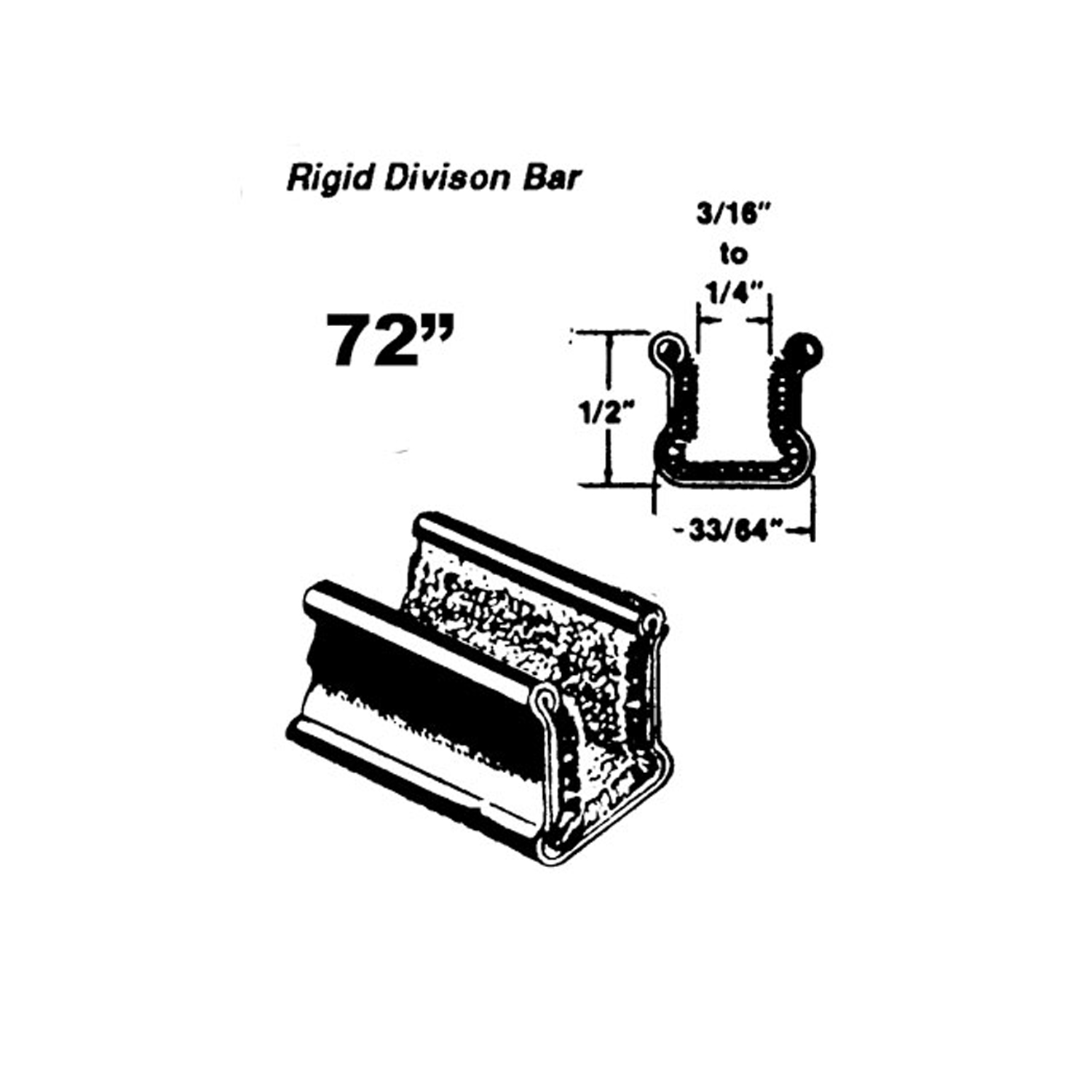 1949 Buick Roadmaster Series 70 Rigid division-bar channel. Made with Zinc-plated bead-WC 1-72Rigid division-bar channel. Made with Zinc-plated bead. Used on lower side windows. 72 in. long. Each. NOTE: $20 special shipping charge applies for domestic orders. Call or email for overseas shipping costs. Part can be sectioned into two equal lengths to reduce overseas shipping costs.
1949 Buick Roadmaster Series 70 Rigid division-bar channel. Made with Zinc-plated bead-WC 1-72Rigid division-bar channel. Made with Zinc-plated bead. Used on lower side windows. 72 in. long. Each. NOTE: $20 special shipping charge applies for domestic orders. Call or email for overseas shipping costs. Part can be sectioned into two equal lengths to reduce overseas shipping costs.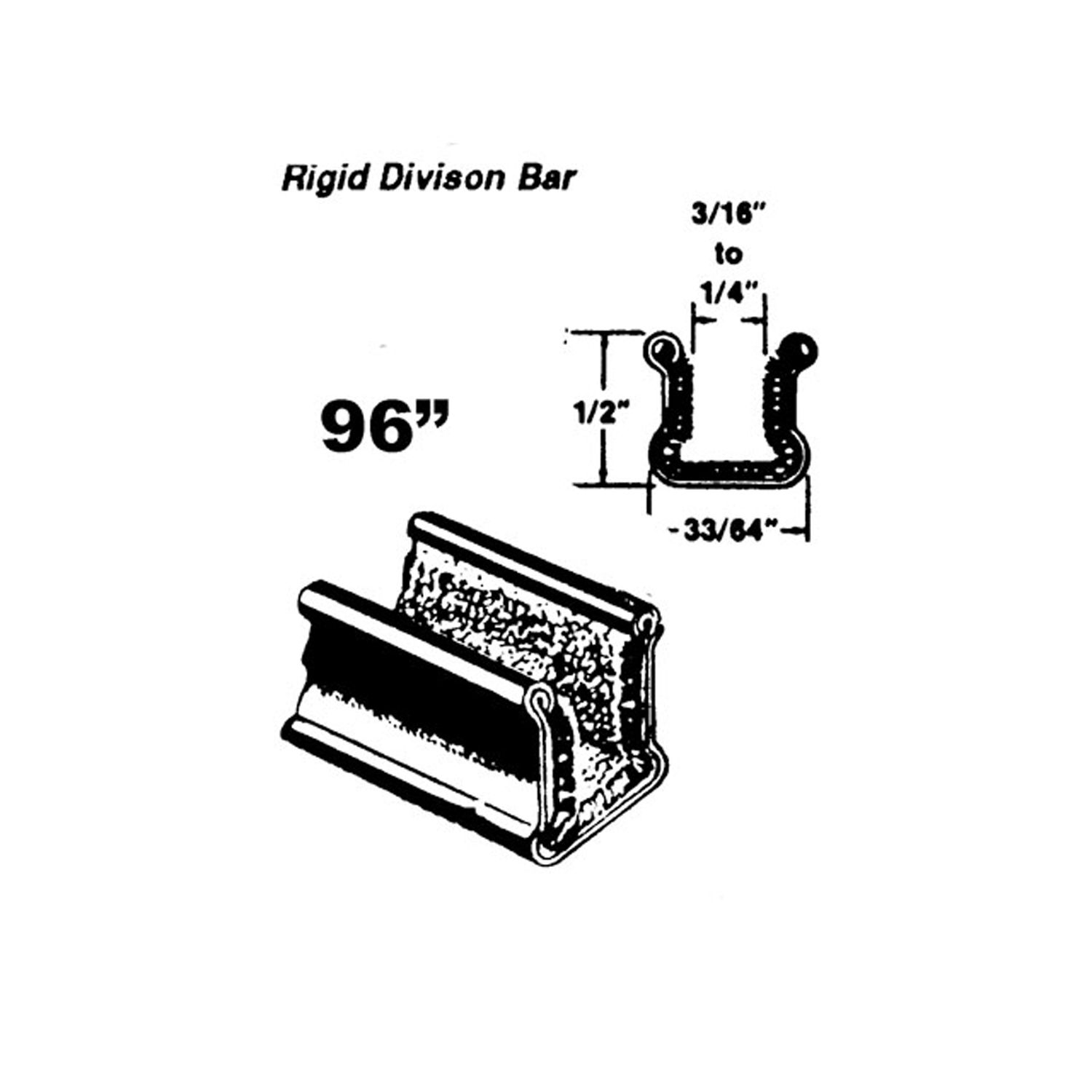 1949 Buick Roadmaster Series 70 Rigid division-bar channel. Made with Zinc-plated bead-WC 1-96Rigid division-bar channel. Made with Zinc-plated bead. Used on lower side windows. 96 in. long. Each. NOTE: $20 special shipping charge applies for domestic orders. Call or email for overseas shipping costs. Part can be sectioned in two or three equal lengths to reduce overseas shipping costs.
1949 Buick Roadmaster Series 70 Rigid division-bar channel. Made with Zinc-plated bead-WC 1-96Rigid division-bar channel. Made with Zinc-plated bead. Used on lower side windows. 96 in. long. Each. NOTE: $20 special shipping charge applies for domestic orders. Call or email for overseas shipping costs. Part can be sectioned in two or three equal lengths to reduce overseas shipping costs. 1949 Buick Roadmaster Series 70 Rigid division-bar channel. Made with stainless steel bead-WC 2-72Rigid division-bar channel. Made with stainless steel bead. 72 in. long. Each. NOTE: $20 special shipping charge applies for domestic orders. Call or email for overseas shipping costs. Part can be sectioned into two equal lengths to reduce overseas shipping costs.
1949 Buick Roadmaster Series 70 Rigid division-bar channel. Made with stainless steel bead-WC 2-72Rigid division-bar channel. Made with stainless steel bead. 72 in. long. Each. NOTE: $20 special shipping charge applies for domestic orders. Call or email for overseas shipping costs. Part can be sectioned into two equal lengths to reduce overseas shipping costs.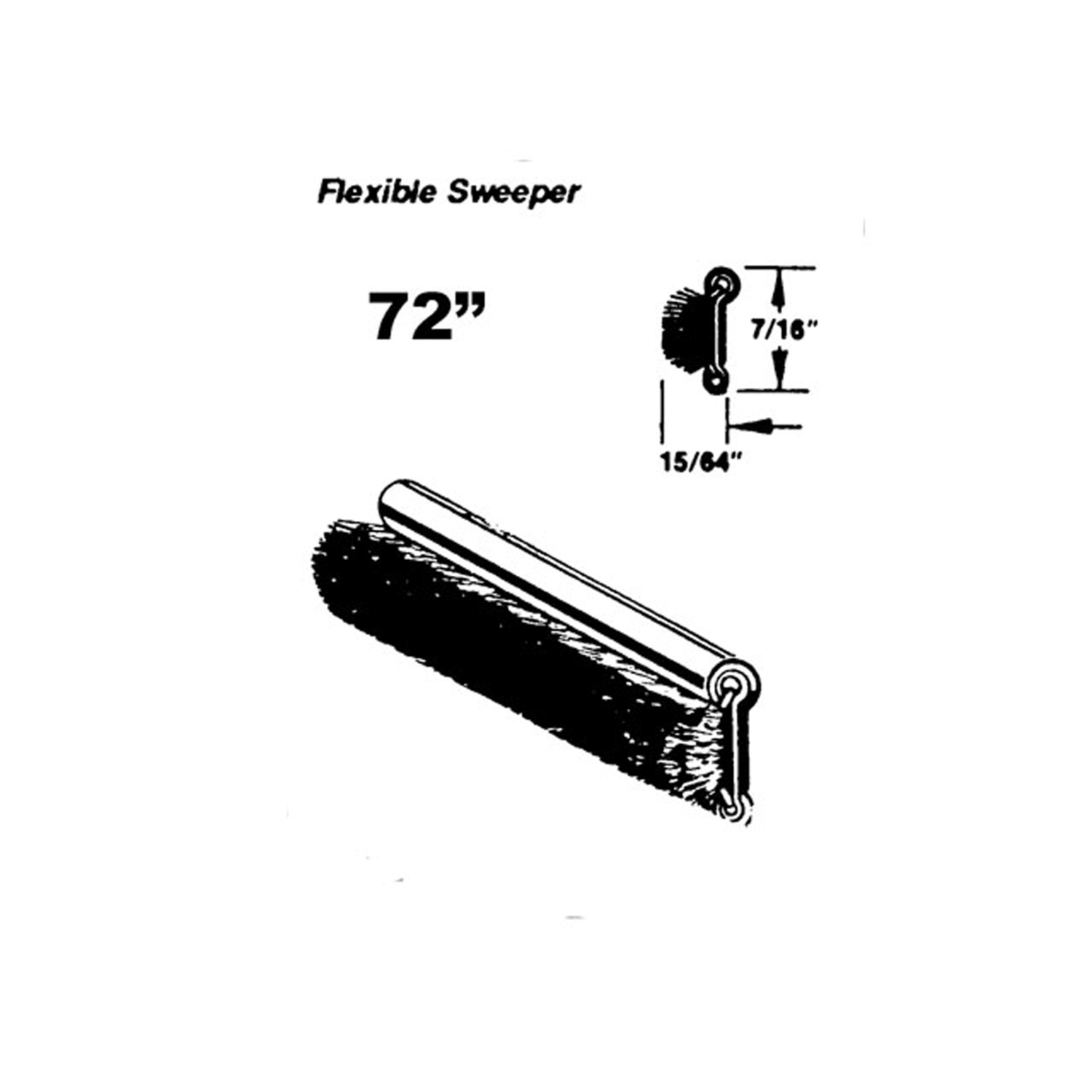 1949 Buick Roadmaster Series 70 Flexible sweeper. Made with stainless steel bead-WC 8-72Flexible sweeper. Made with stainless steel bead. Used on inner and outer beltlines. Also forms easily for use with sliding quarter windows. 72 in. long. Each. NOTE: $20 special shipping charge applies for domestic orders. Call or email for overseas shipping costs. Part can be sectioned into two equal lengths to reduce overseas shipping costs.
1949 Buick Roadmaster Series 70 Flexible sweeper. Made with stainless steel bead-WC 8-72Flexible sweeper. Made with stainless steel bead. Used on inner and outer beltlines. Also forms easily for use with sliding quarter windows. 72 in. long. Each. NOTE: $20 special shipping charge applies for domestic orders. Call or email for overseas shipping costs. Part can be sectioned into two equal lengths to reduce overseas shipping costs.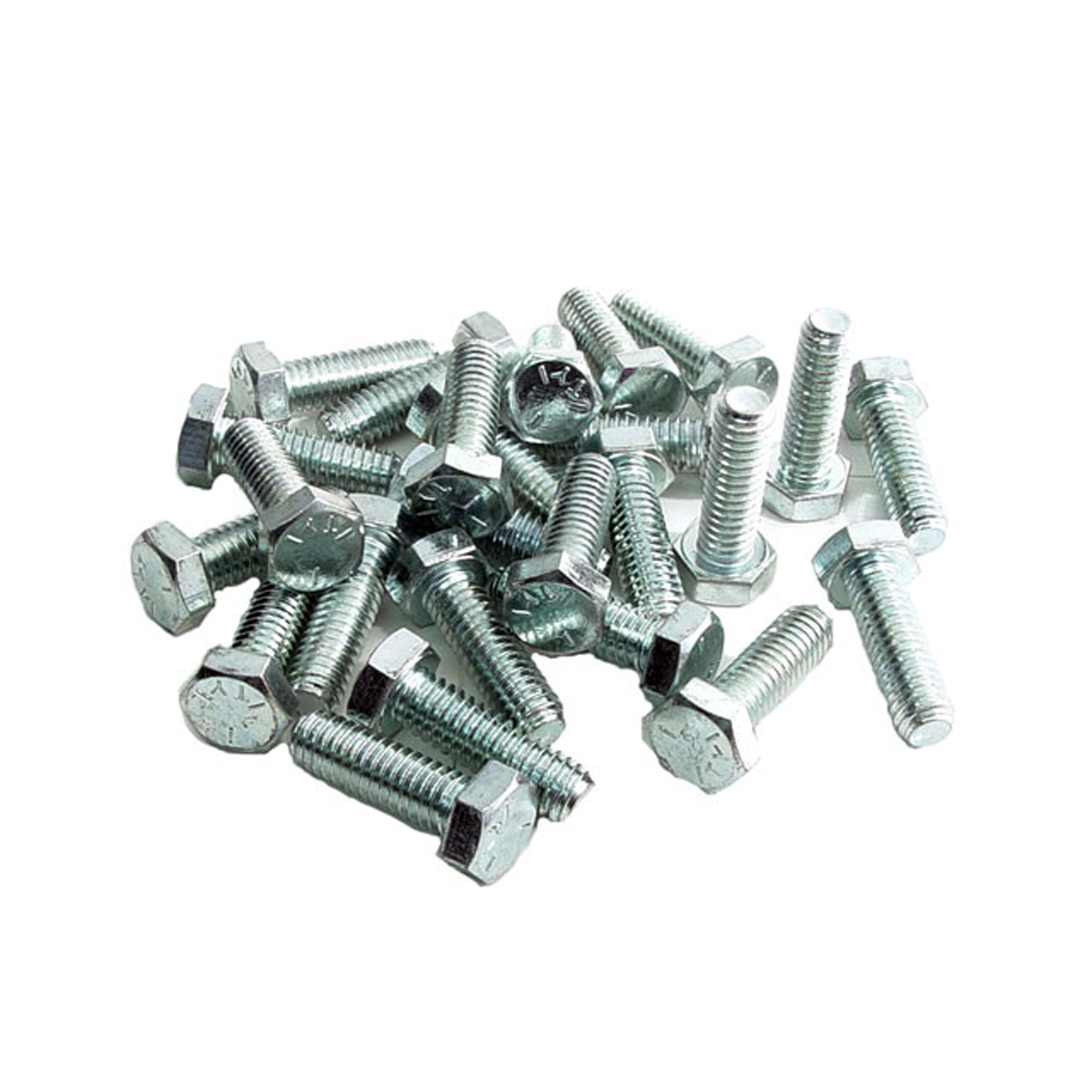 1949 Buick Roadmaster Series 70 Fender Bolts. For use with Fender Bolt Washers; WF 3001-WF 3000Fender Bolts. For use with Fender Bolt Washers; WF 3001. Zinc Chromate plated, high strength. 1" X 5/16". Set of 25
1949 Buick Roadmaster Series 70 Fender Bolts. For use with Fender Bolt Washers; WF 3001-WF 3000Fender Bolts. For use with Fender Bolt Washers; WF 3001. Zinc Chromate plated, high strength. 1" X 5/16". Set of 25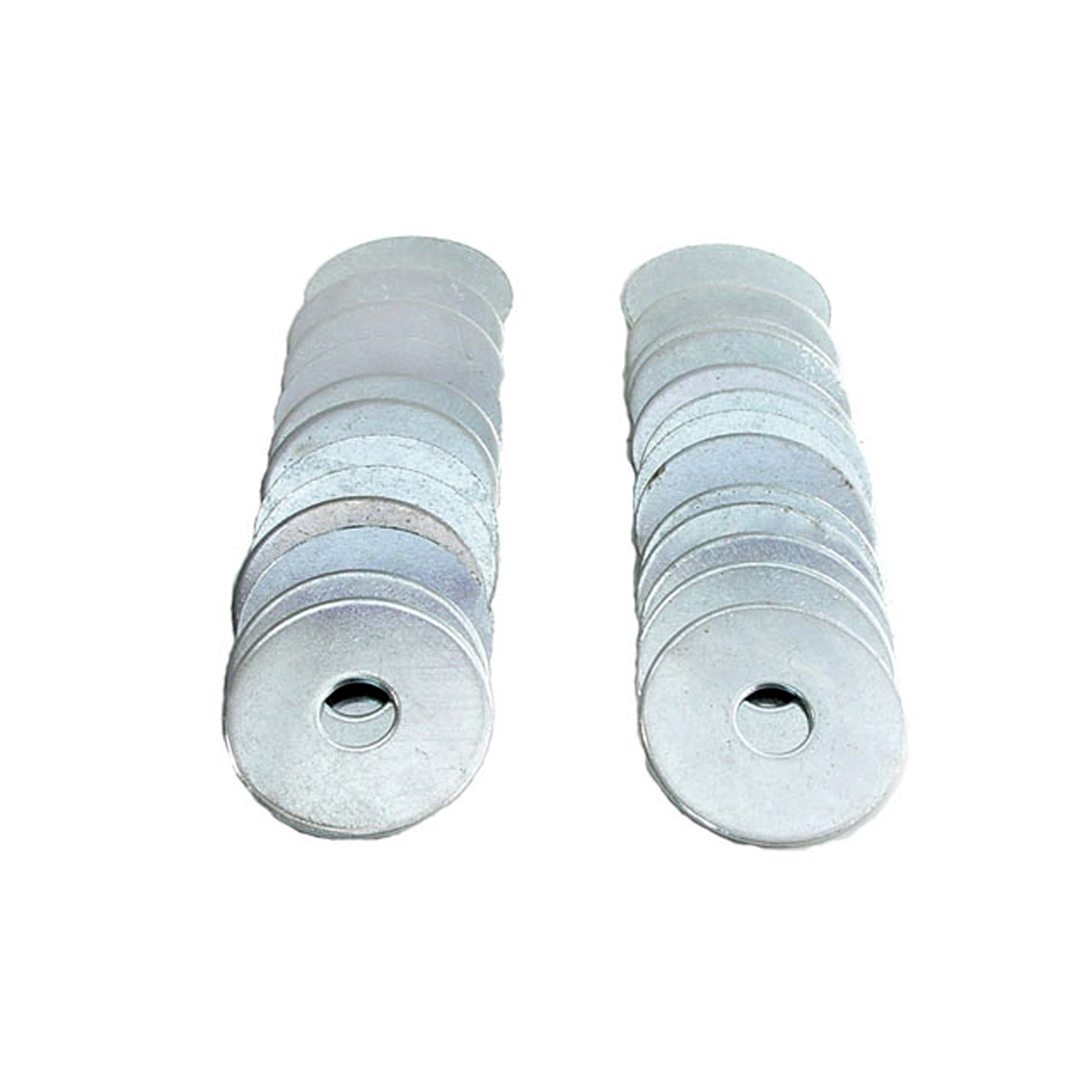 1949 Buick Roadmaster Series 70 Fender Bolt Washers. For use with Fender Bolts; WF 3000-WF 3001Fender Bolt Washers. For use with Fender Bolts; WF 3000. High quality, cadmium plated. 1-1/4" O.D., 3/8" I.D. Set of 25
1949 Buick Roadmaster Series 70 Fender Bolt Washers. For use with Fender Bolts; WF 3000-WF 3001Fender Bolt Washers. For use with Fender Bolts; WF 3000. High quality, cadmium plated. 1-1/4" O.D., 3/8" I.D. Set of 25 1949 Buick Roadmaster Series 70 Front Vent Window Seals, for Convertibles. Pair R&L-WR 7307Front Vent Window Seals, for Convertibles. Pair R&L
1949 Buick Roadmaster Series 70 Front Vent Window Seals, for Convertibles. Pair R&L-WR 7307Front Vent Window Seals, for Convertibles. Pair R&L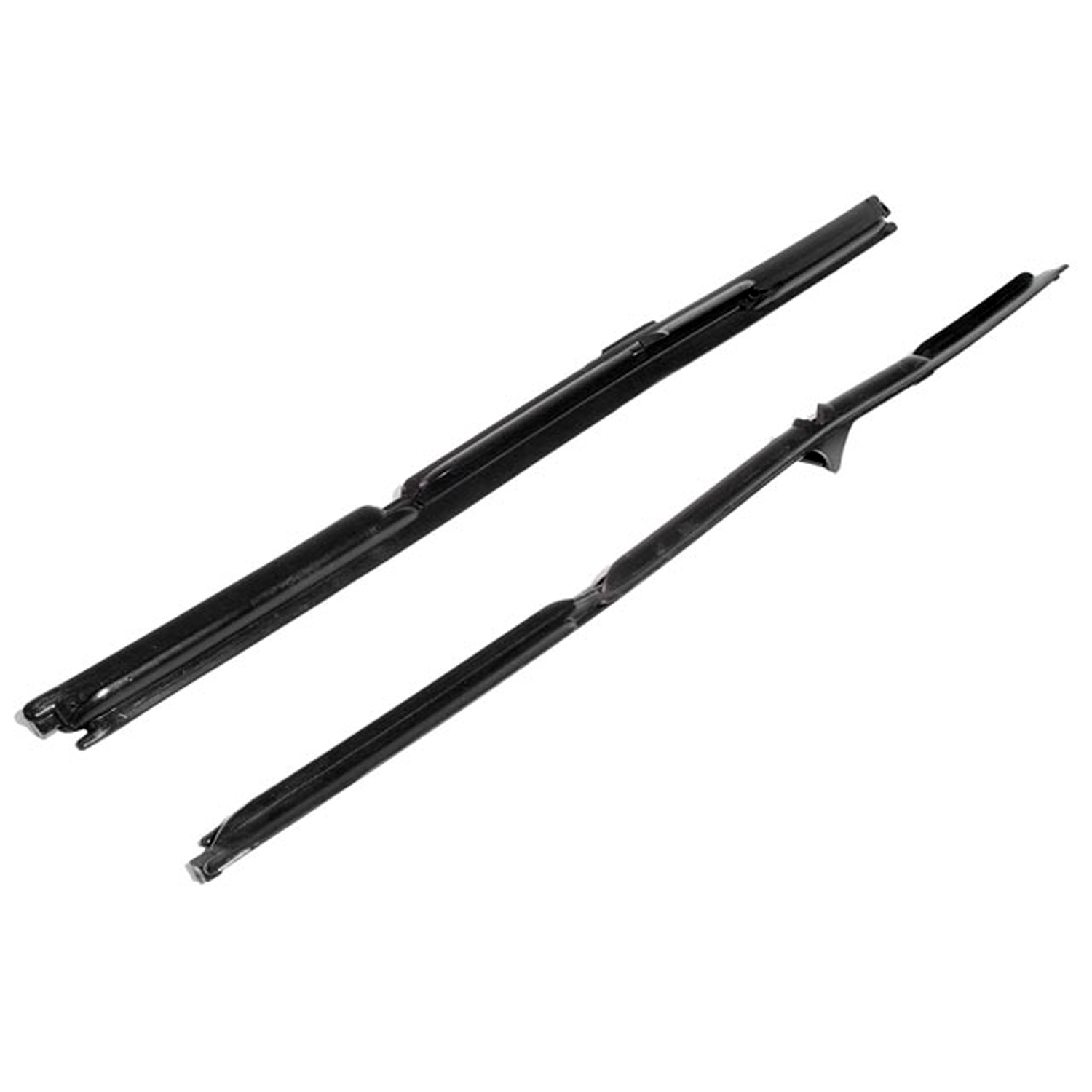 1949 Buick Roadmaster Series 70 Front Vent Window Seals. Pair R&L-WR 7318Front Vent Window Seals. Pair R&L
1949 Buick Roadmaster Series 70 Front Vent Window Seals. Pair R&L-WR 7318Front Vent Window Seals. Pair R&L 1949 Buick Roadmaster Series 70 Rear Vent Window Seals, for Woody Wagon-WR 7327-RRear Vent Window Seals, for Woody Wagon. Replaces OEM #82984-5. Pair R&L
1949 Buick Roadmaster Series 70 Rear Vent Window Seals, for Woody Wagon-WR 7327-RRear Vent Window Seals, for Woody Wagon. Replaces OEM #82984-5. Pair R&L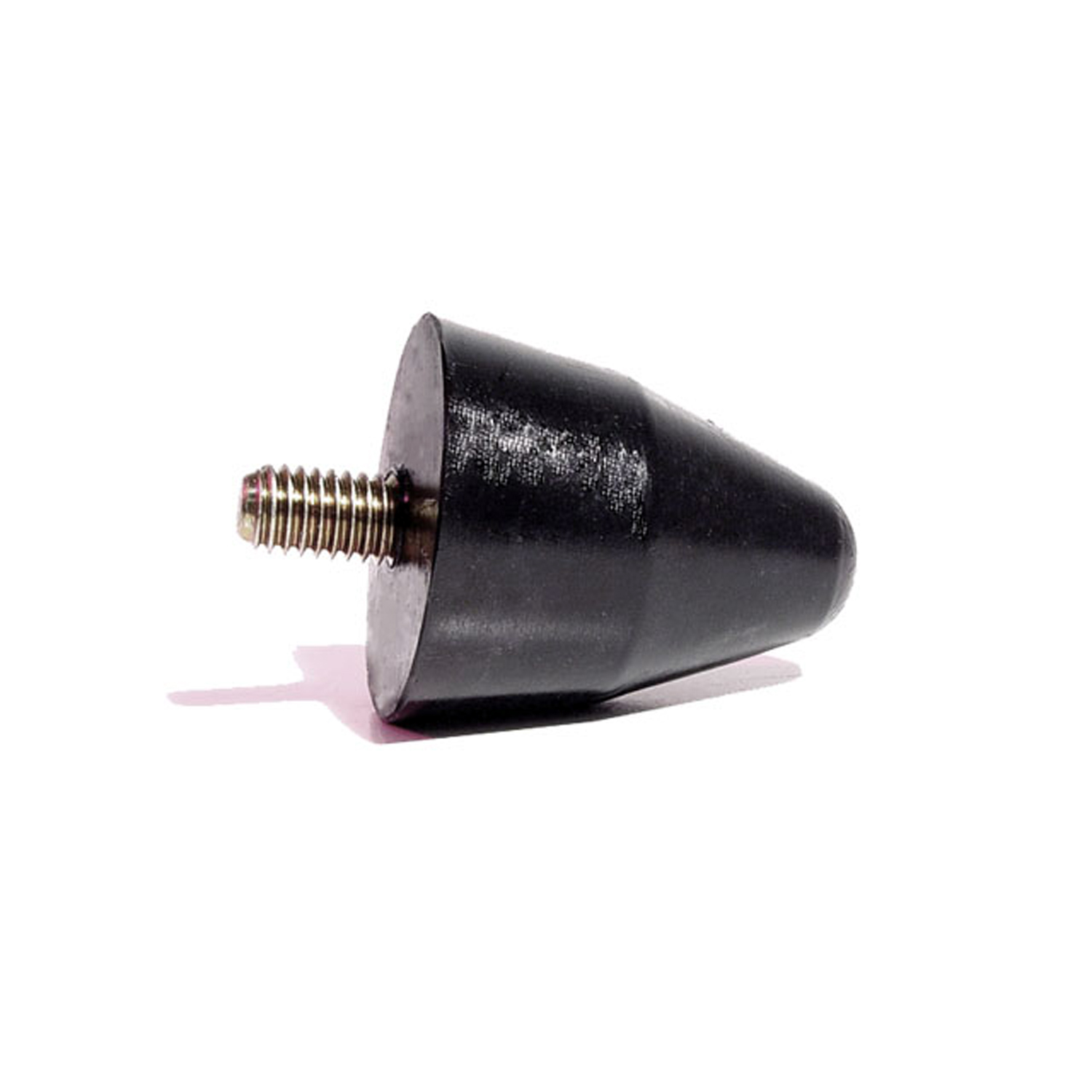 1949 Buick Roadmaster Series 70 Front Suspension Bumper. 2" high. Each-XB 18Front Suspension Bumper. 2" high. Each
1949 Buick Roadmaster Series 70 Front Suspension Bumper. 2" high. Each-XB 18Front Suspension Bumper. 2" high. Each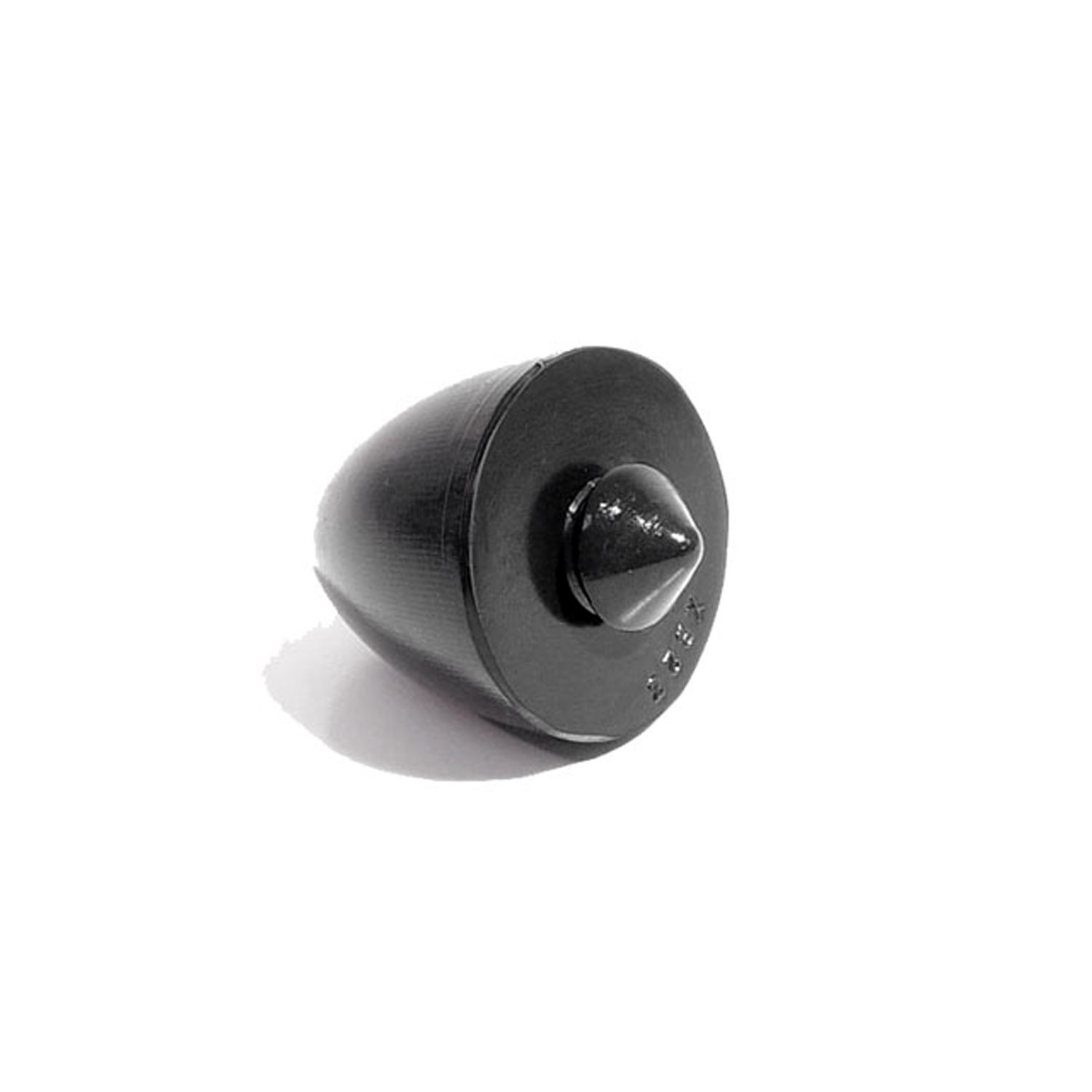 1949 Buick Roadmaster Series 70 Front Suspension Bumper. 1-5/8" high. Each-XB 23Front Suspension Bumper. 1-5/8" high. Each
1949 Buick Roadmaster Series 70 Front Suspension Bumper. 1-5/8" high. Each-XB 23Front Suspension Bumper. 1-5/8" high. Each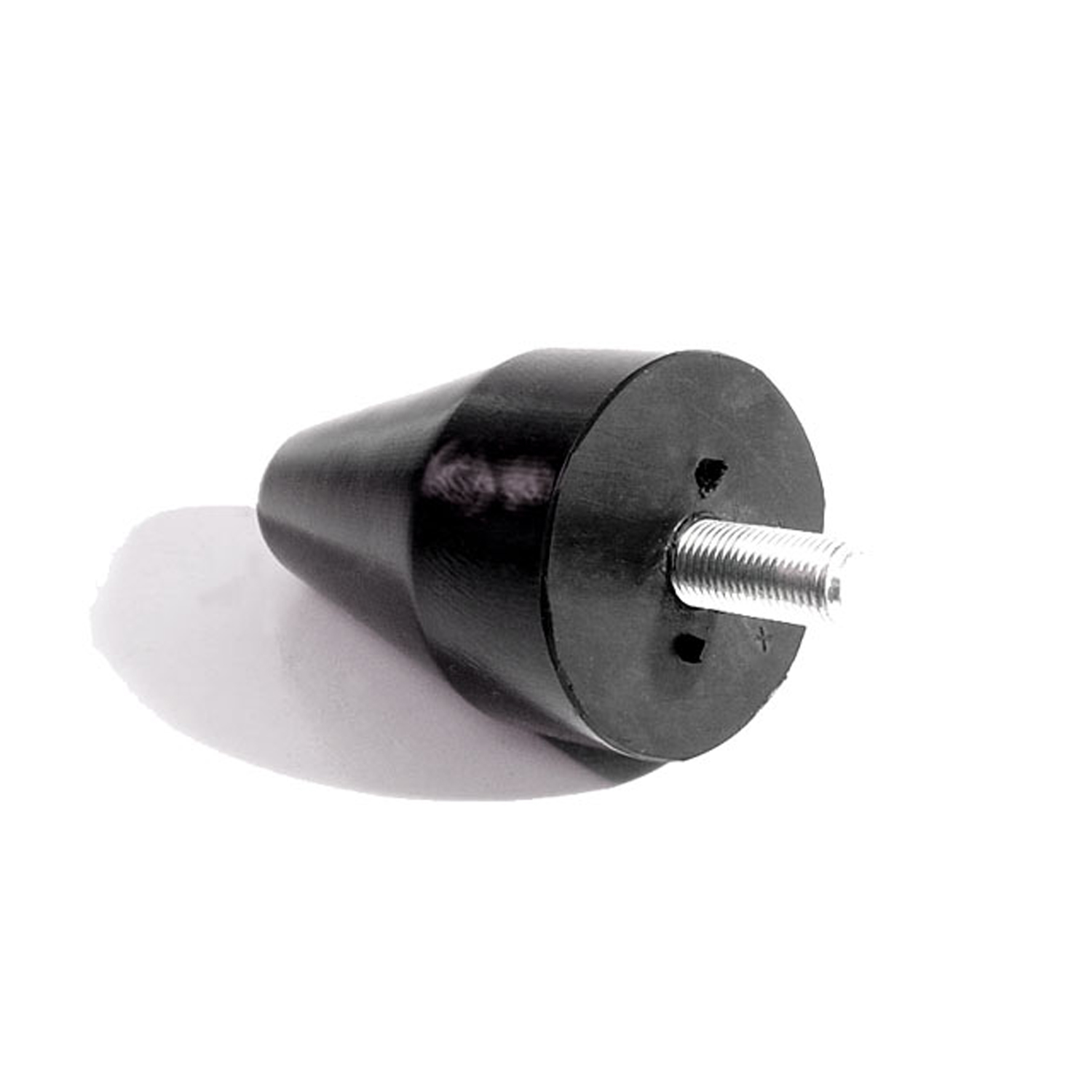 1949 Buick Roadmaster Series 70 Front Suspension Bumper. 2-7/8" high. Each-XB 25Front Suspension Bumper. 2-7/8" high. Each
1949 Buick Roadmaster Series 70 Front Suspension Bumper. 2-7/8" high. Each-XB 25Front Suspension Bumper. 2-7/8" high. EachWhy Choose Metro?
For over 100 years, Metro Moulded Parts has been the pinnacle of quality in classic car restoration parts. Our commitment to precision and authenticity in every component ensures a perfect fit and an OEM-level appearance.
- Expert Craftsmanship & Quality: Each part is a testament to our dedication to reliability and perfection, crafted from original designs and thoroughly tested.
- Advanced Technology: We use cutting-edge techniques to create flawless, long-lasting parts that surpass others in performance.
- SuperSoft Sponge – The Ultimate Door Seal: Not only are our door seals 30% softer than competitors', but they're also guaranteed to never leak. They effectively reduce wind and road noise, enhancing your classic car's comfort and driving experience.
- Proudly American: Our parts are a product of American craftsmanship, made in the USA with a spirit of excellence and heritage.
- Unrivaled Warranty: We back our products with a 30-year industry-leading warranty, a testament to our confidence in their quality.
Join us in preserving the legacy of classic cars with parts that are crafted for perfection, not just made.

